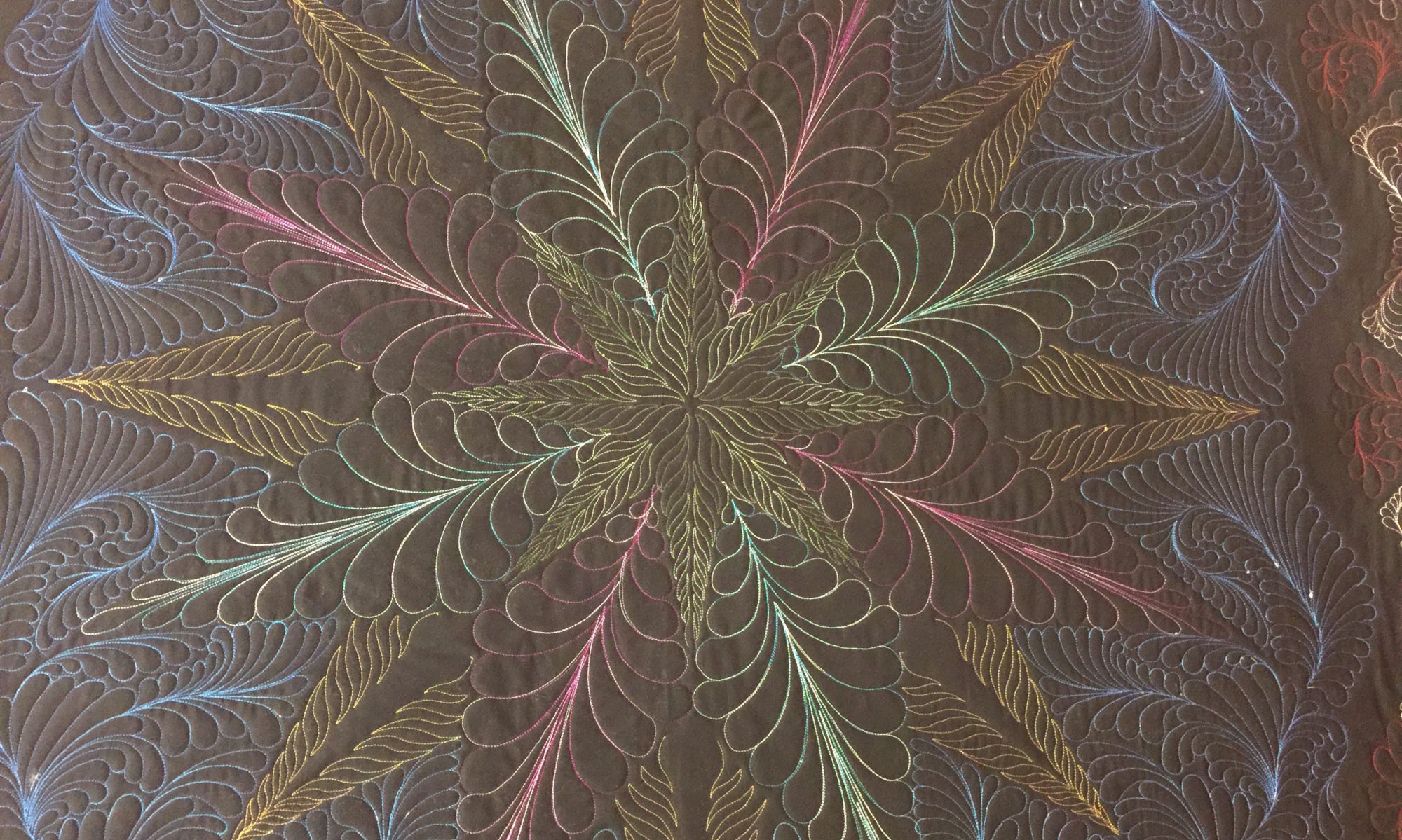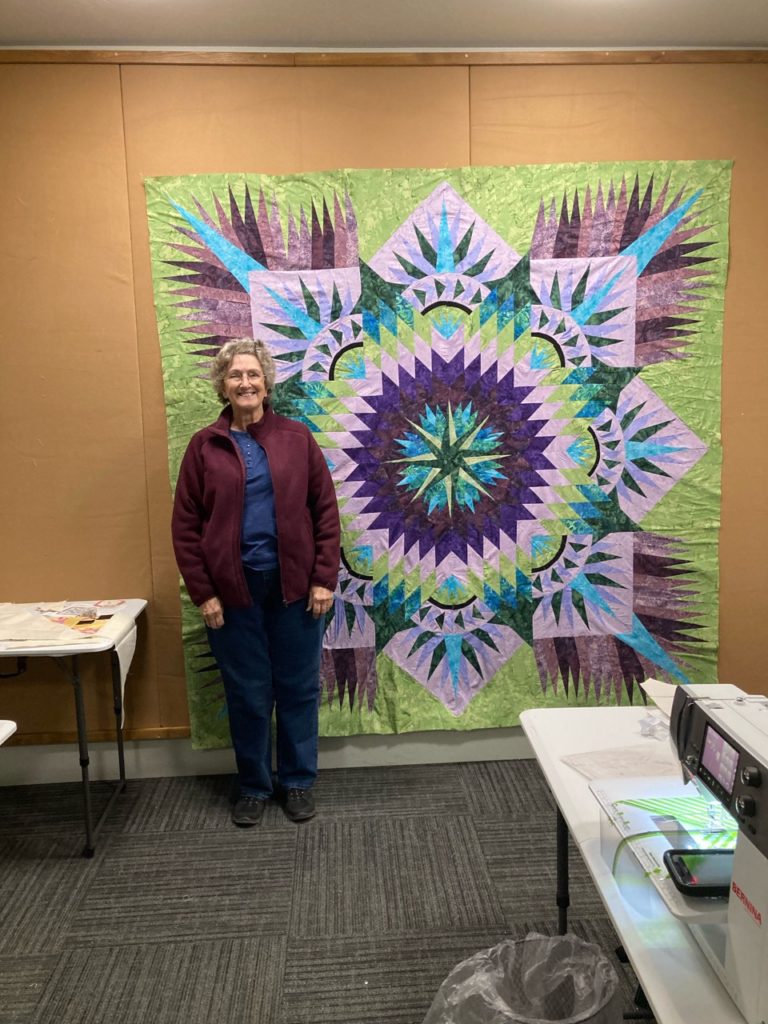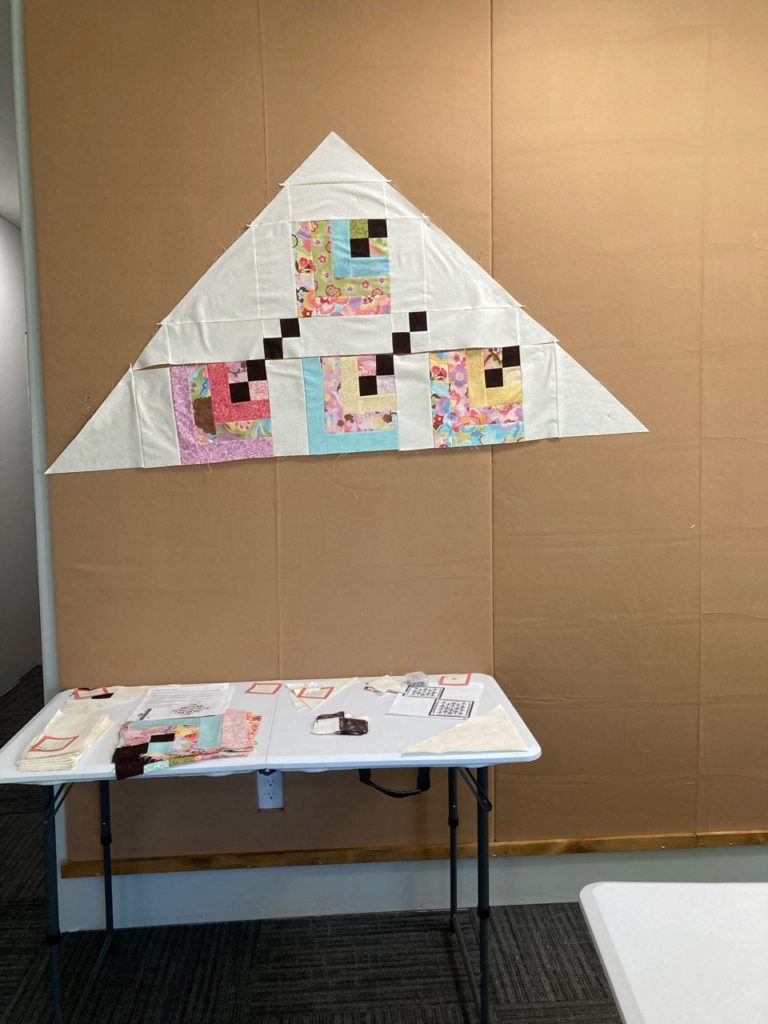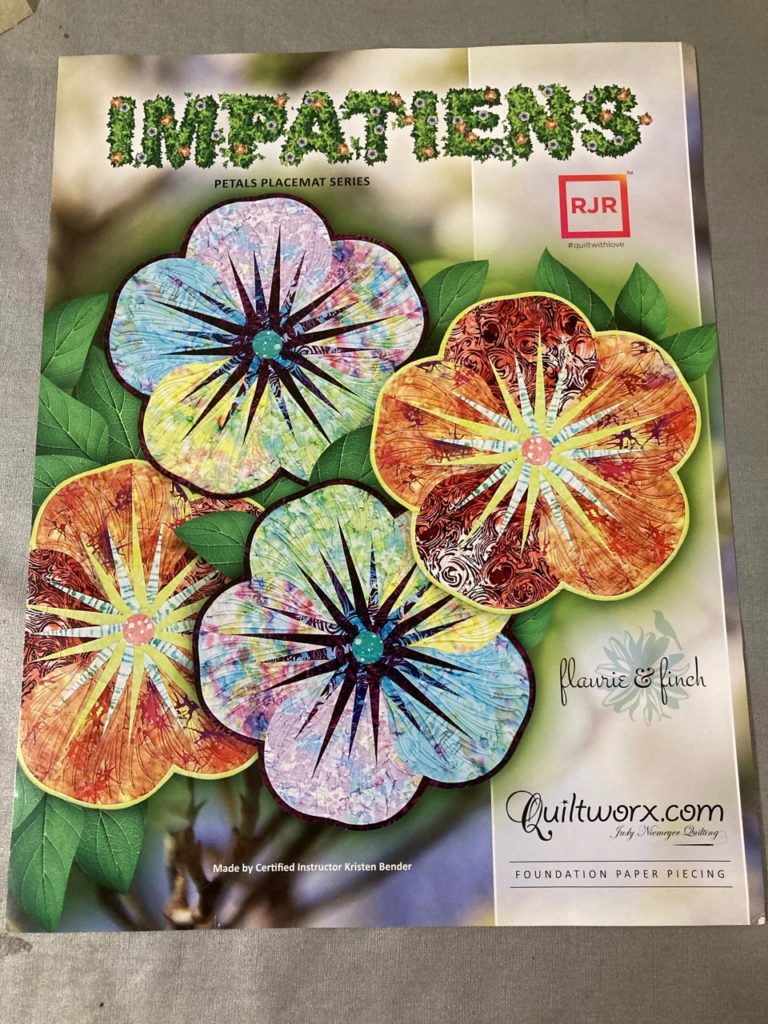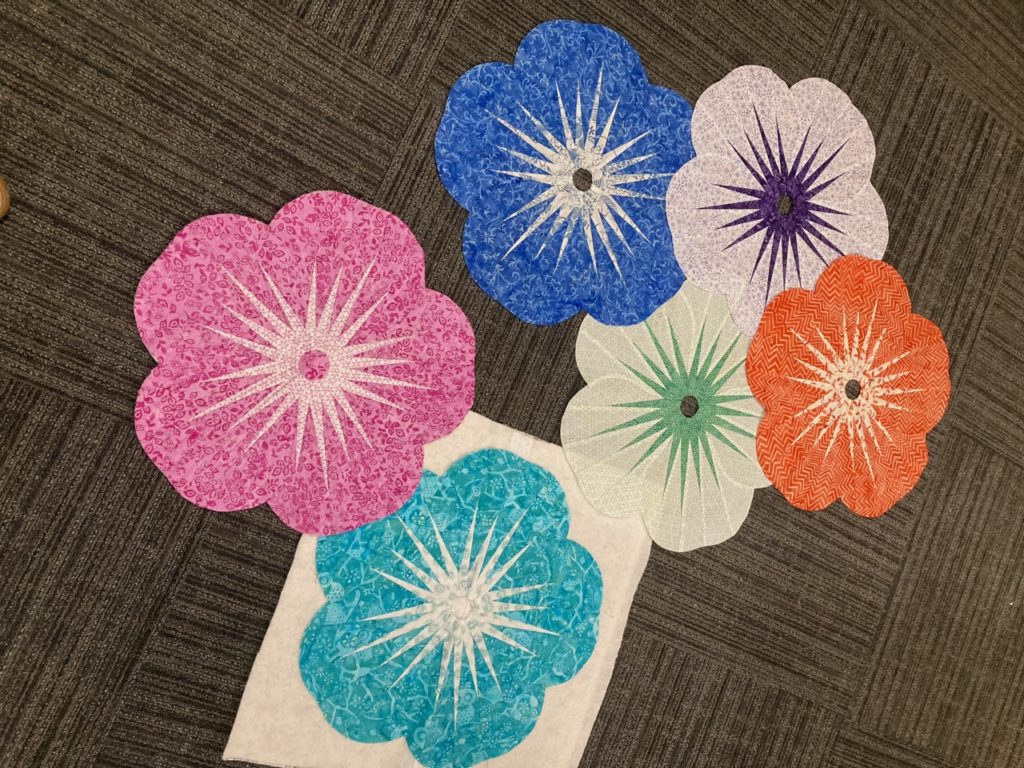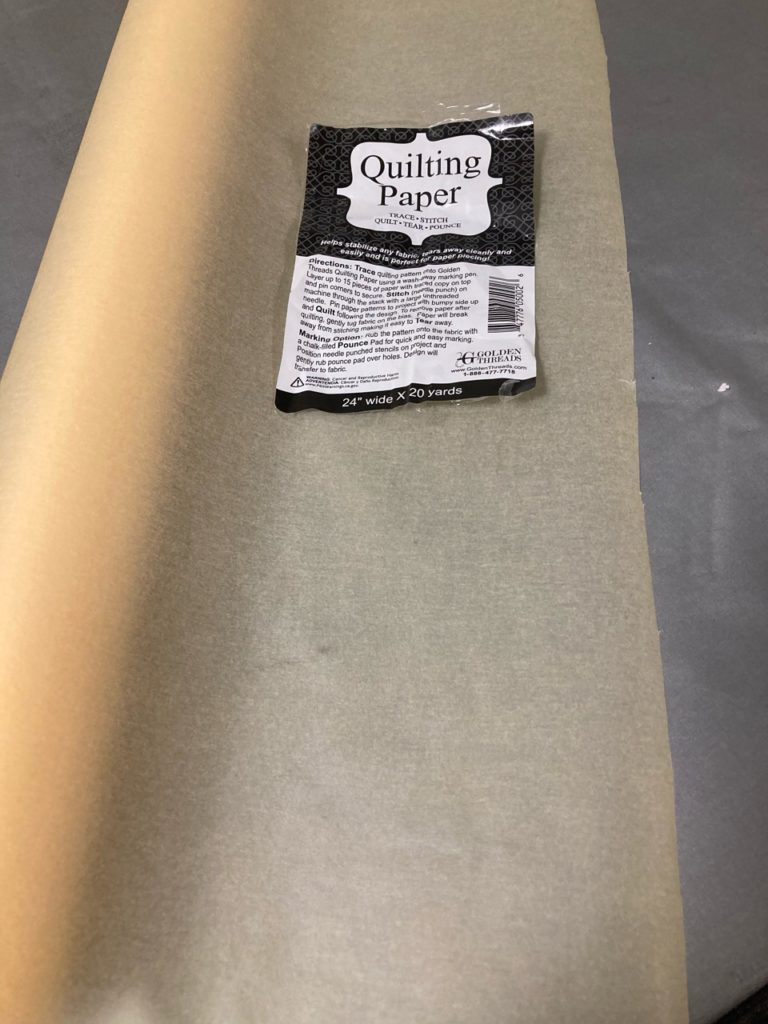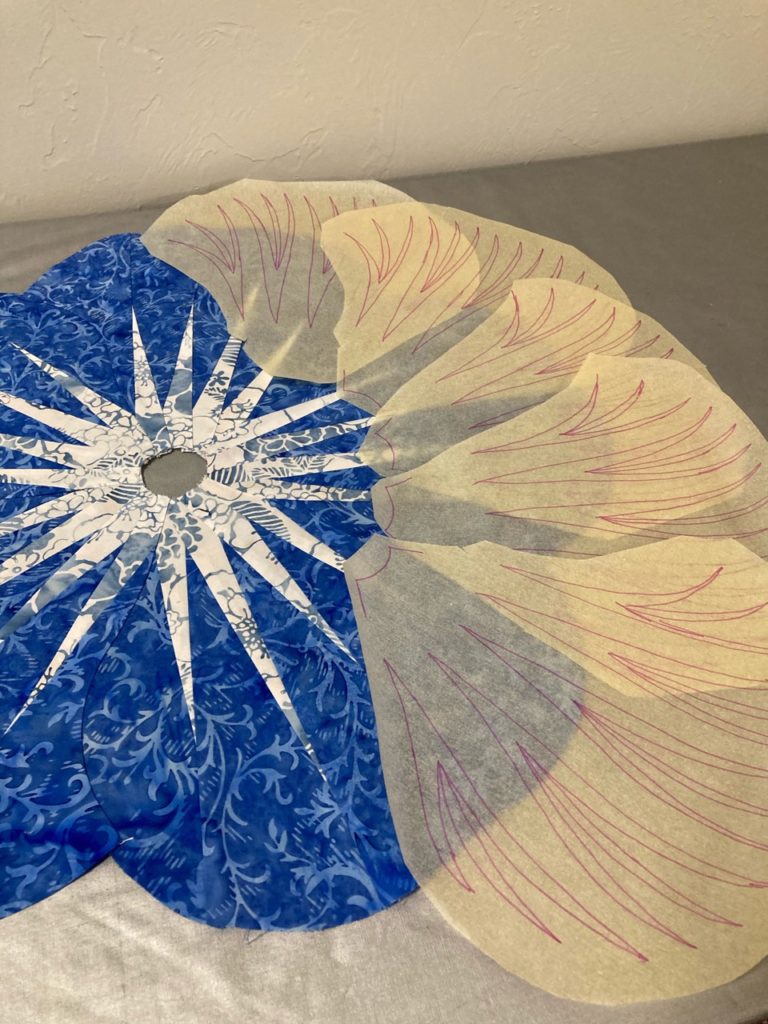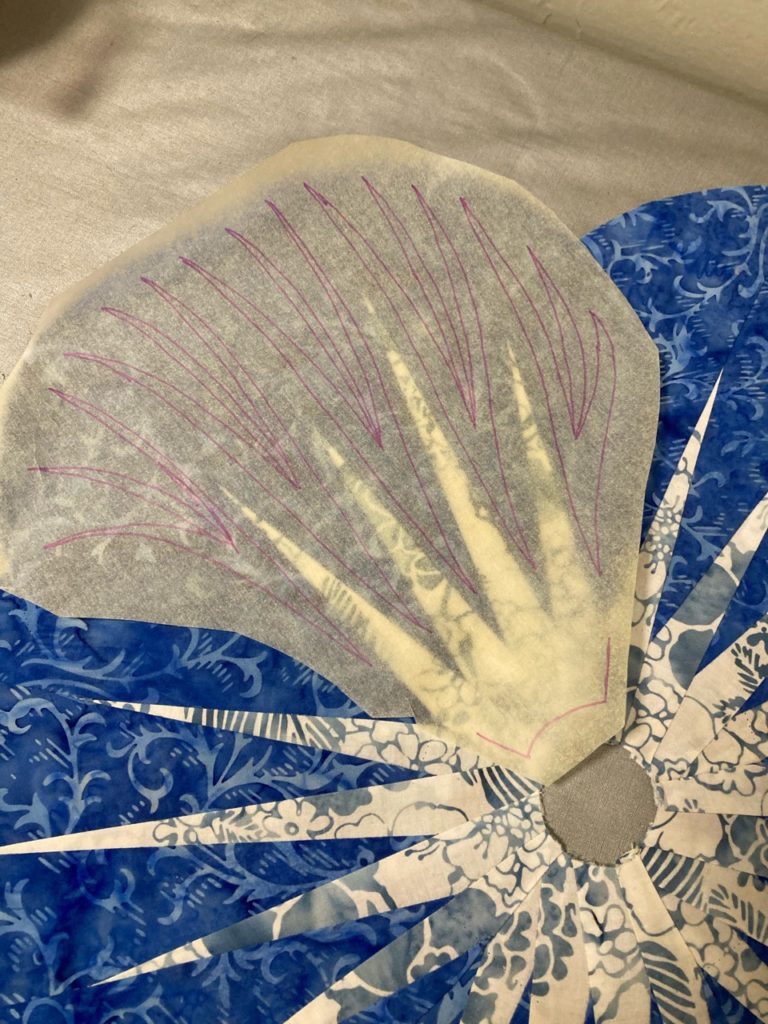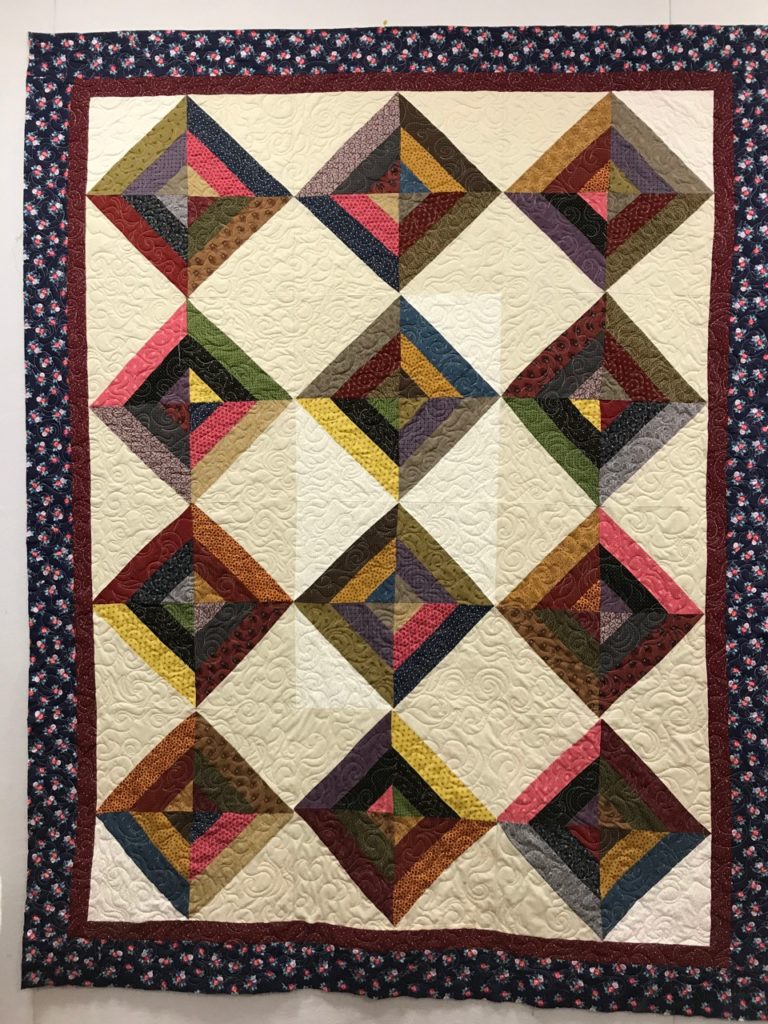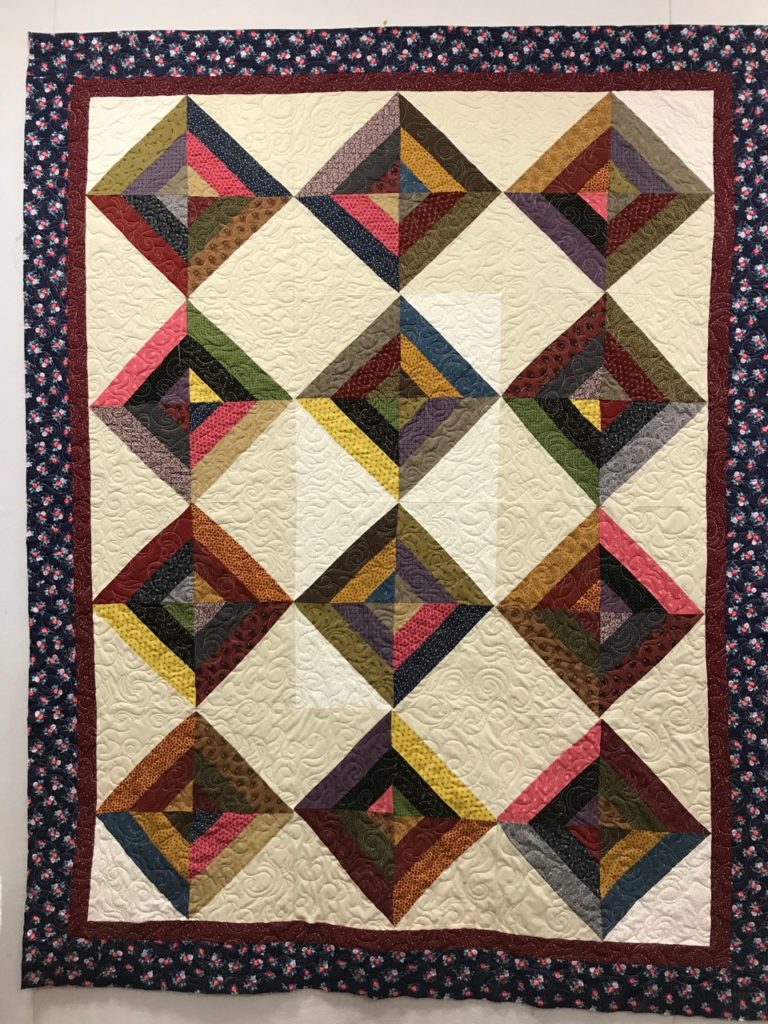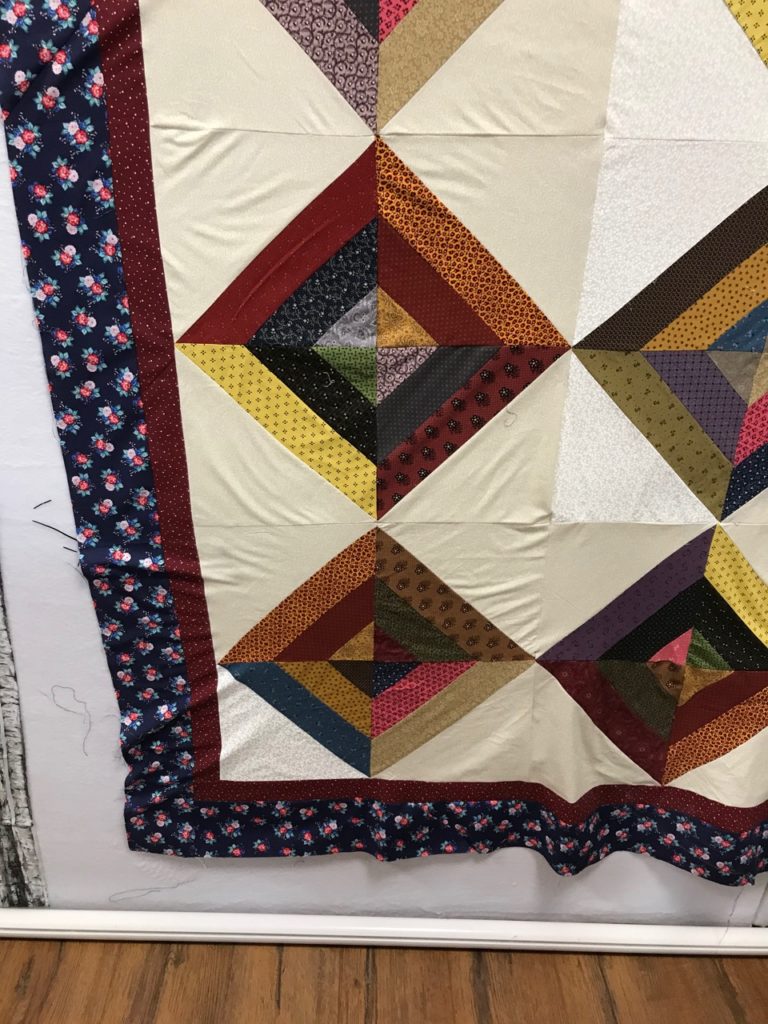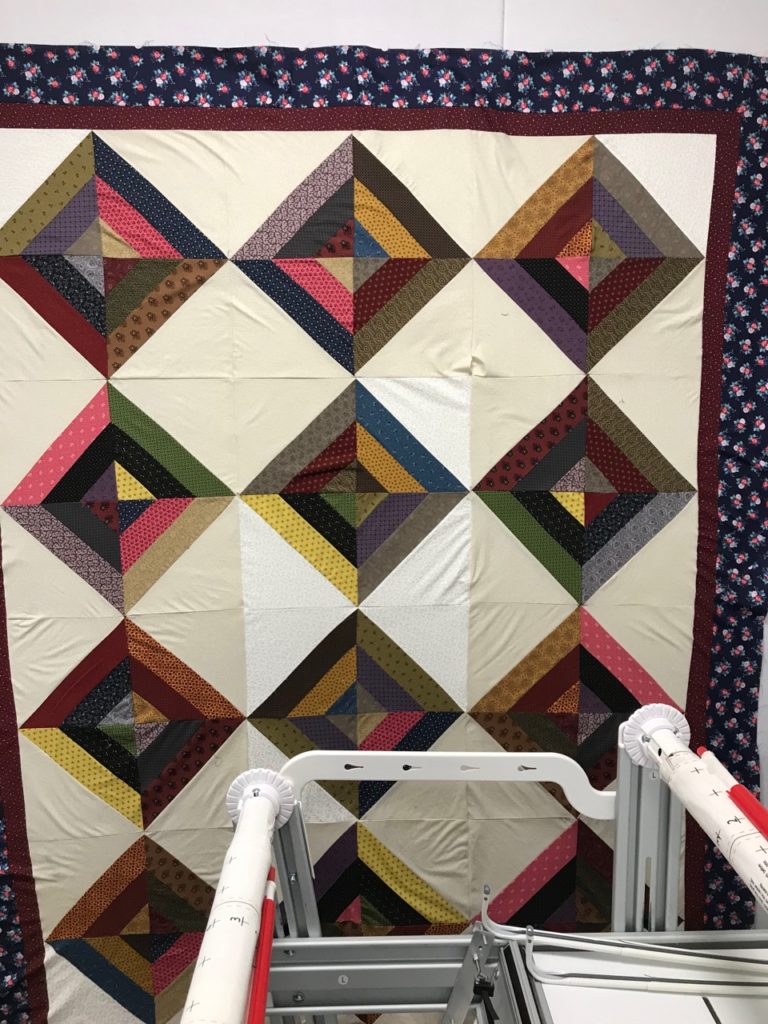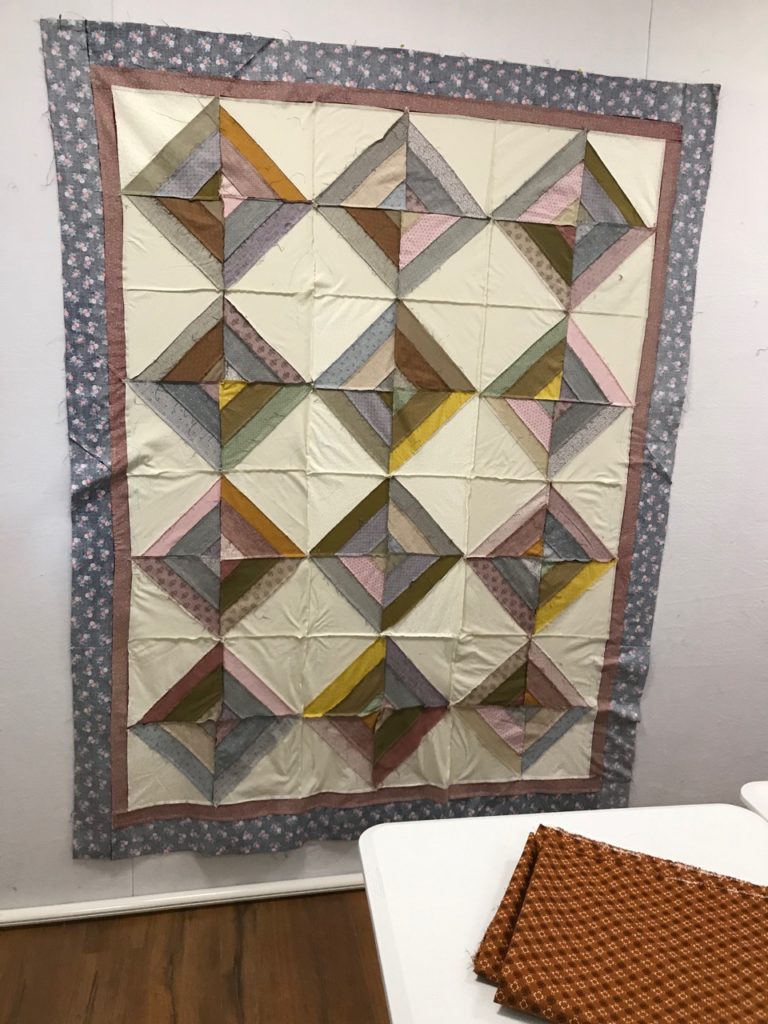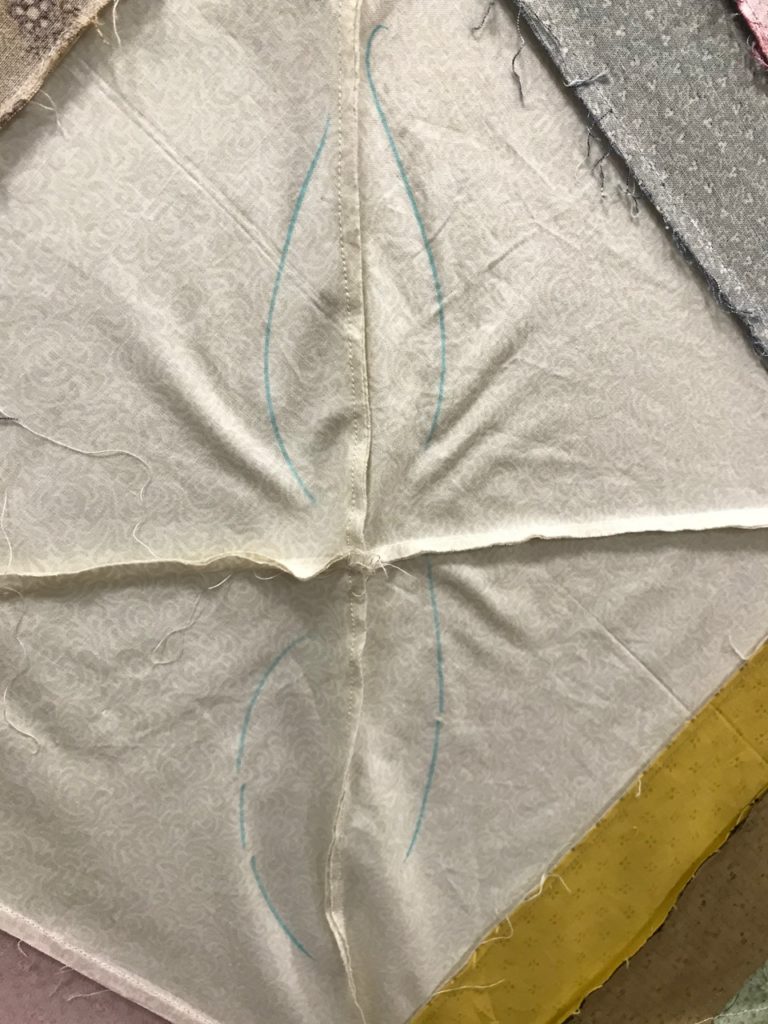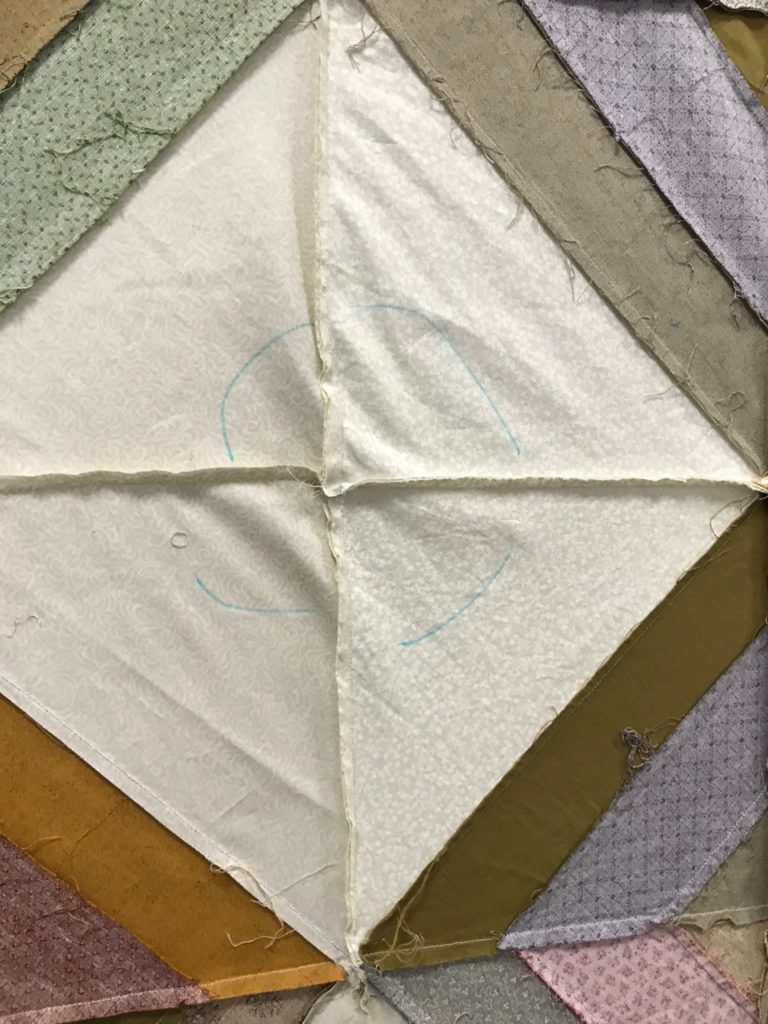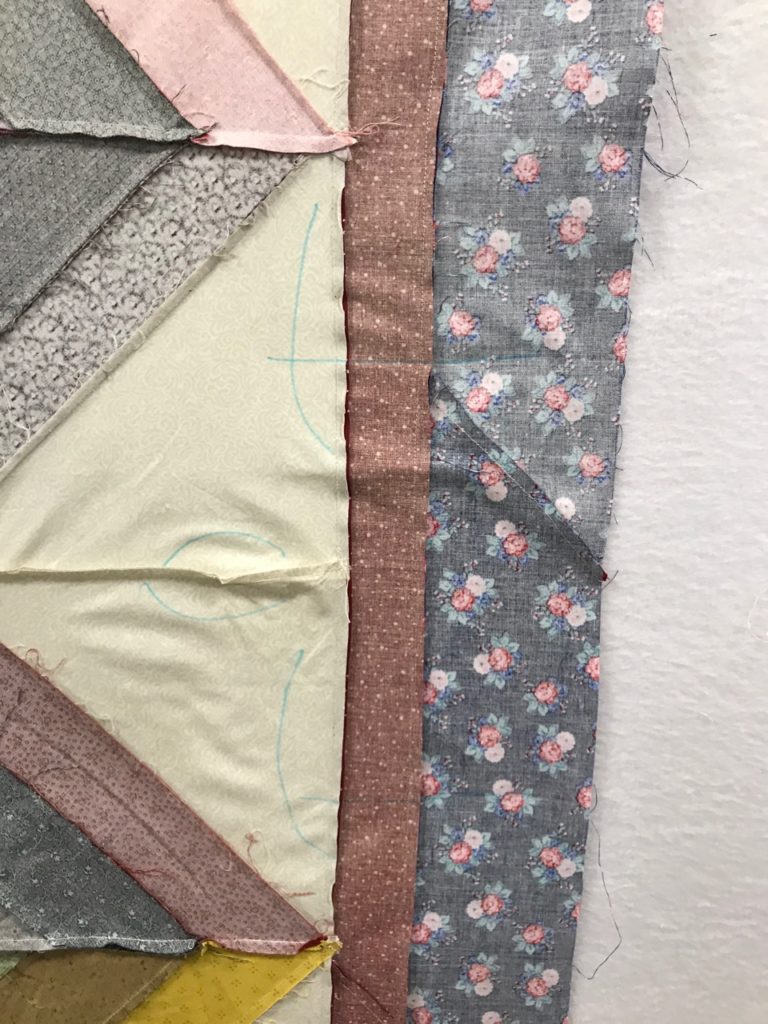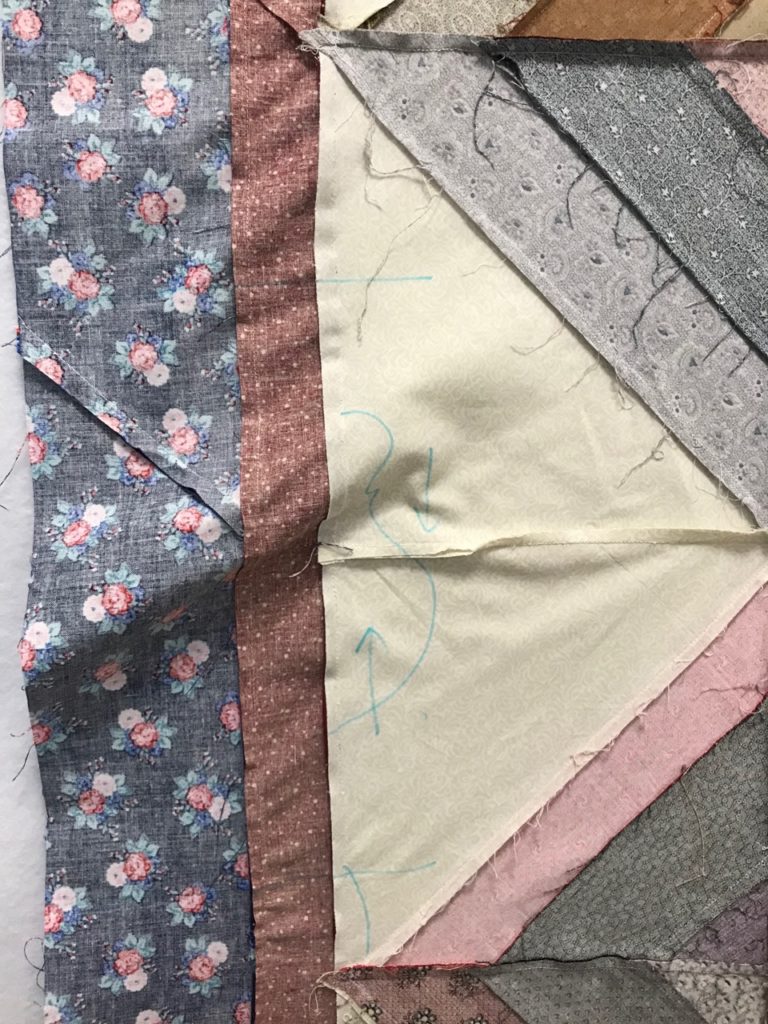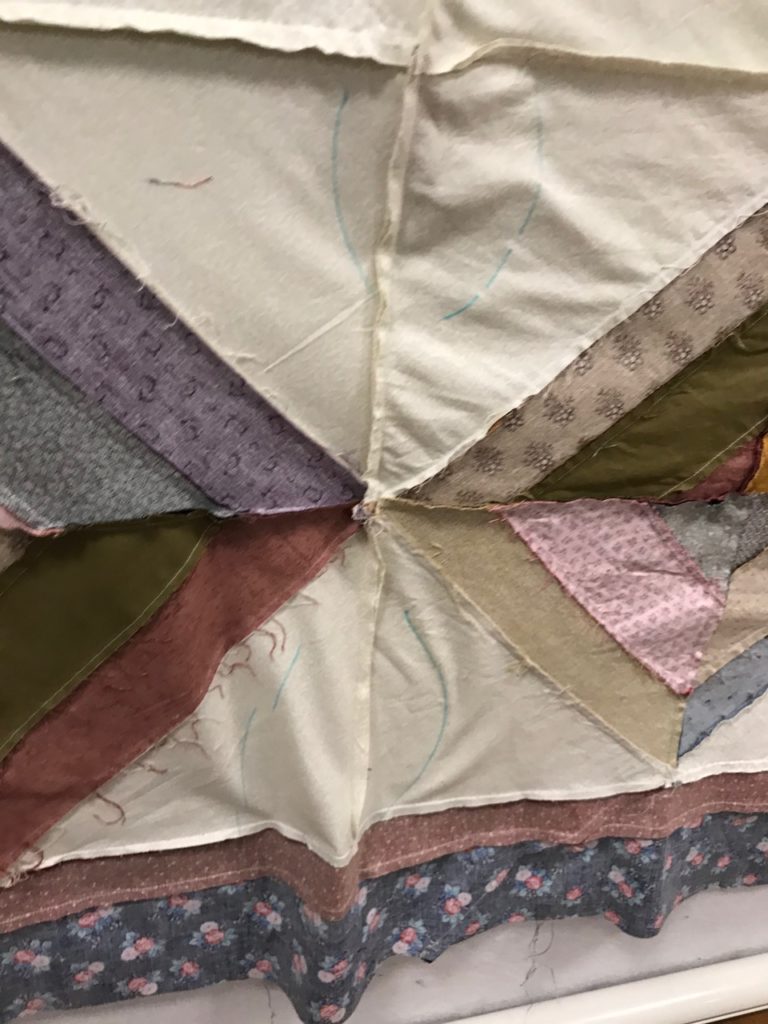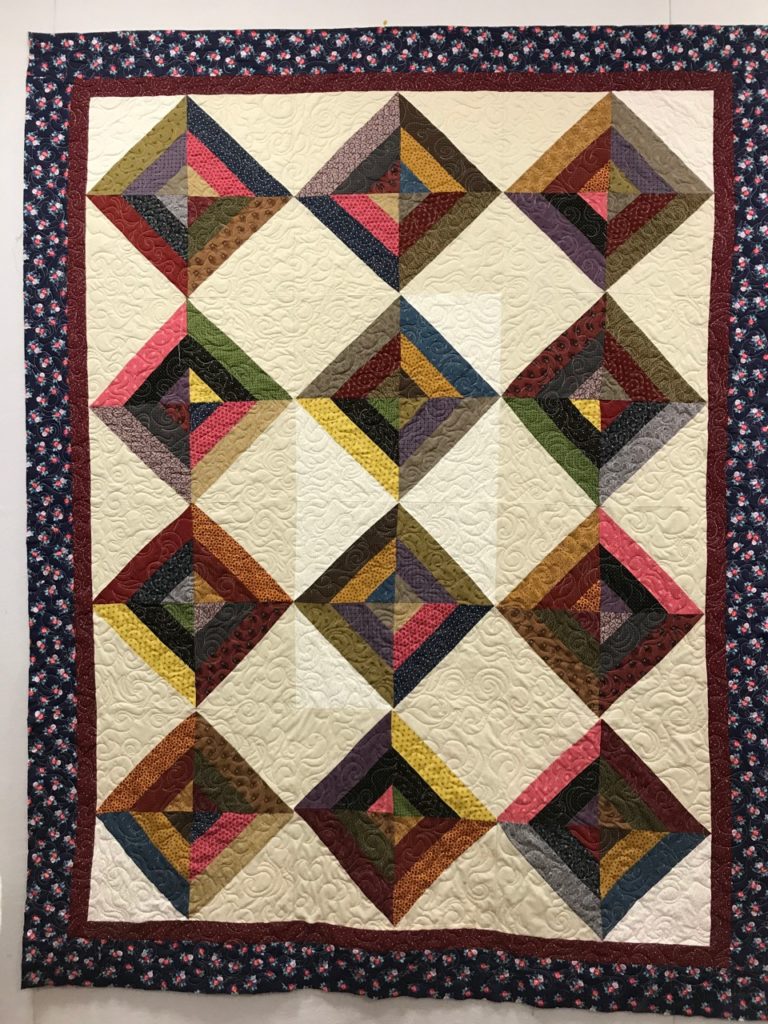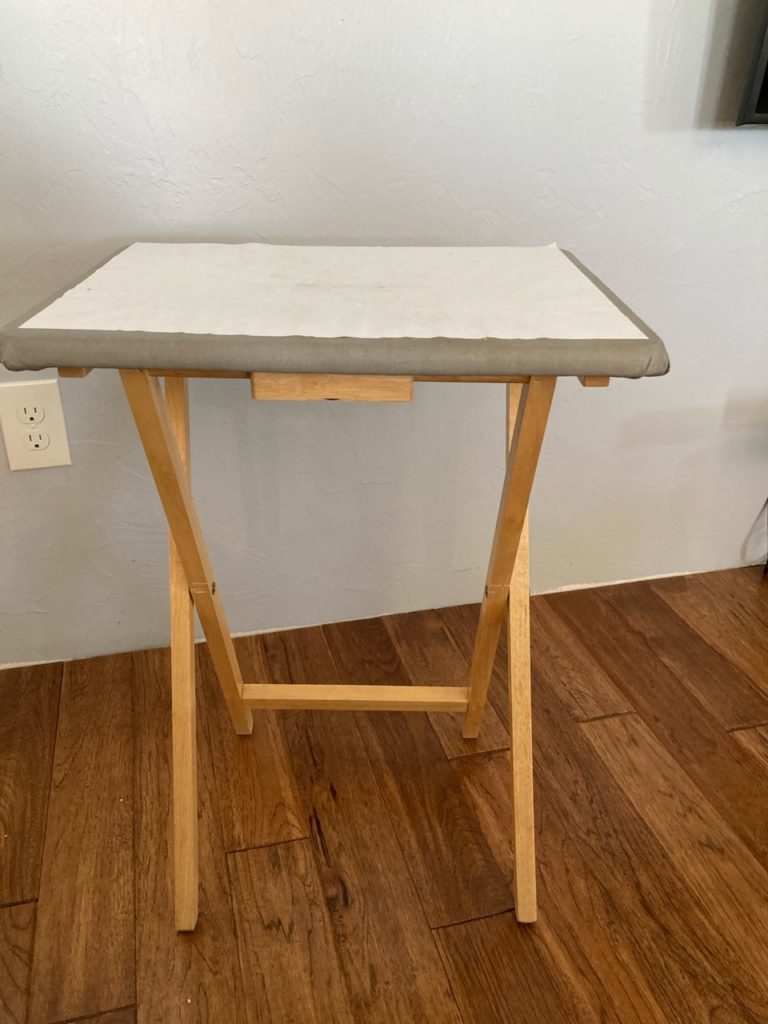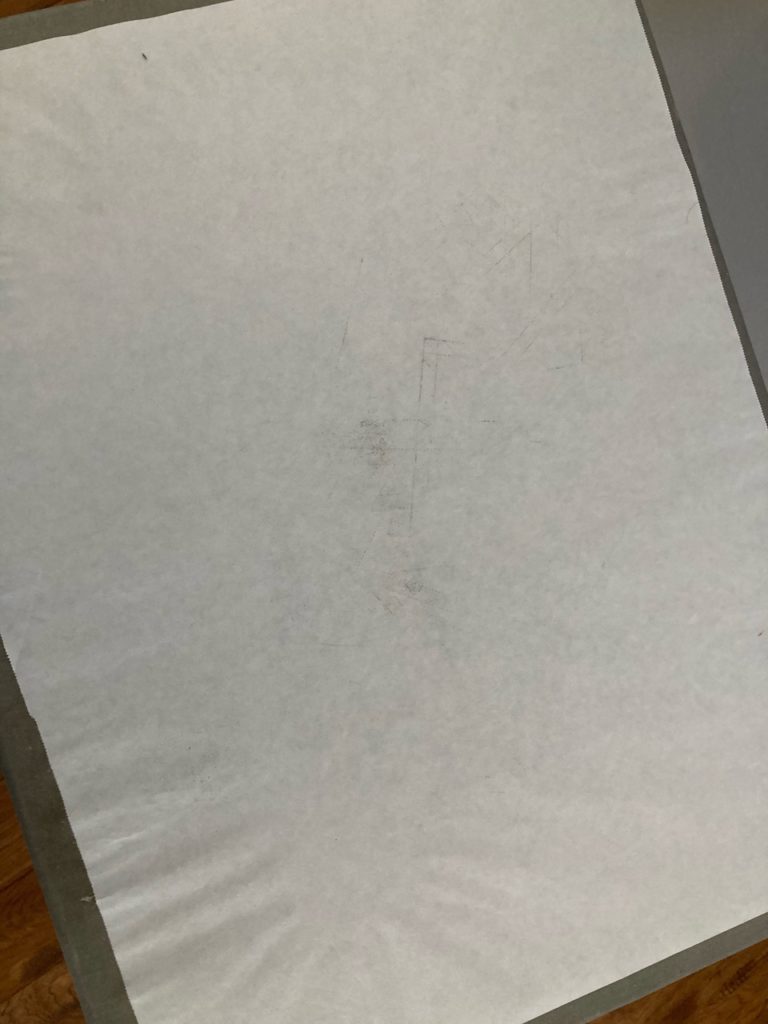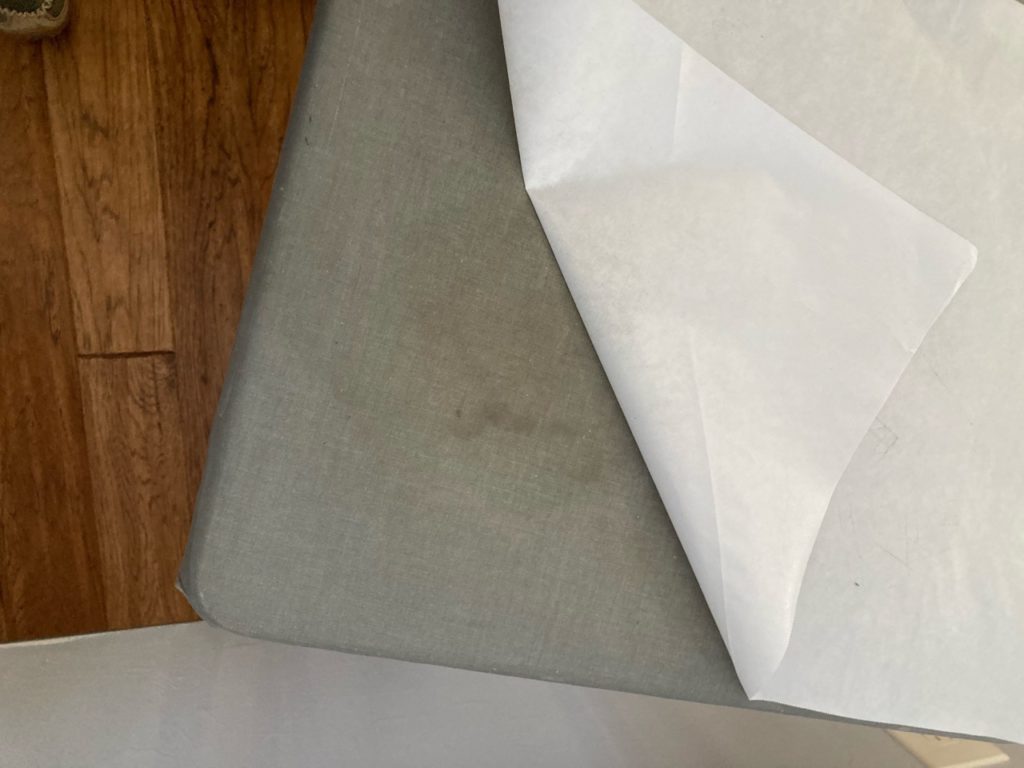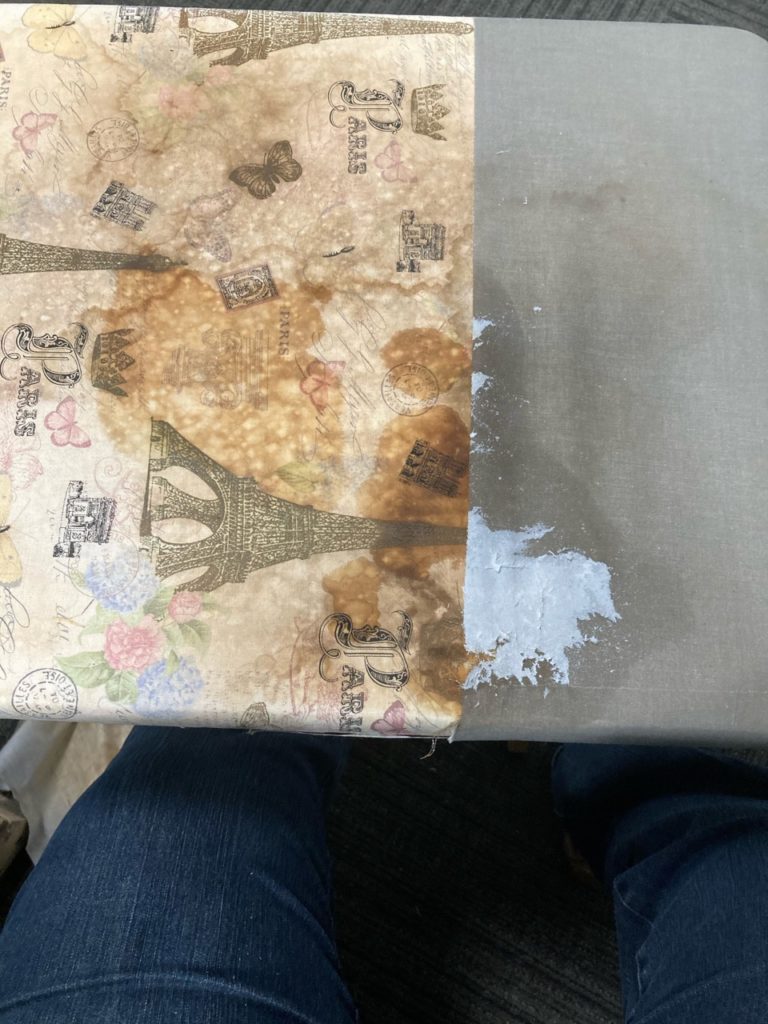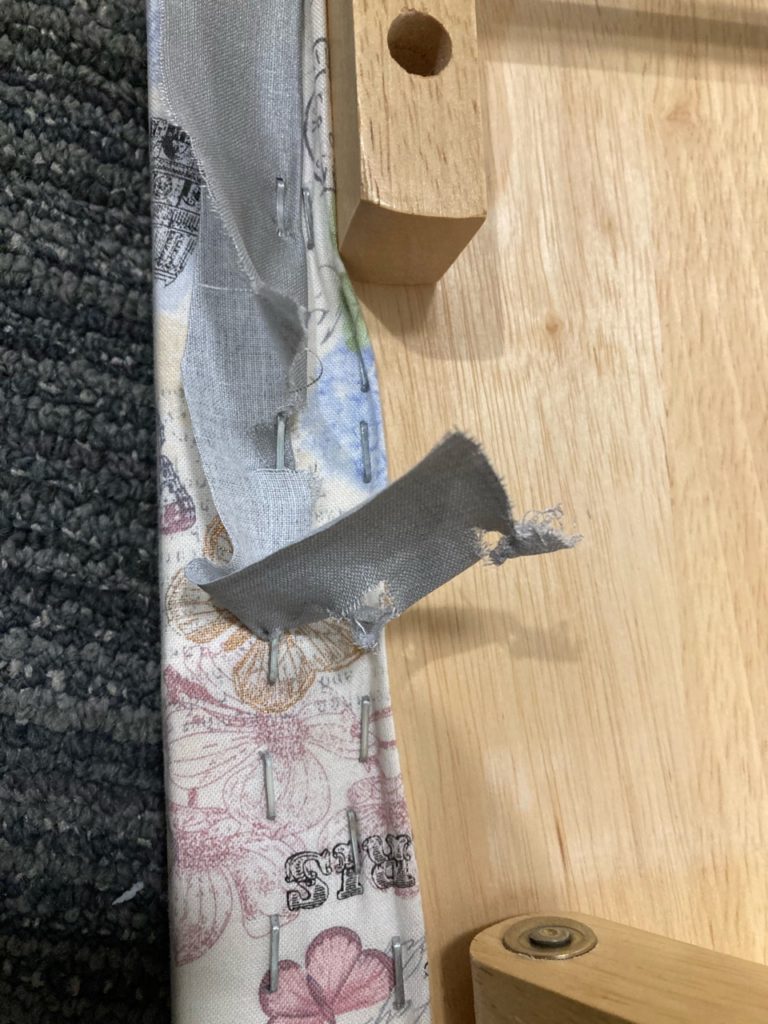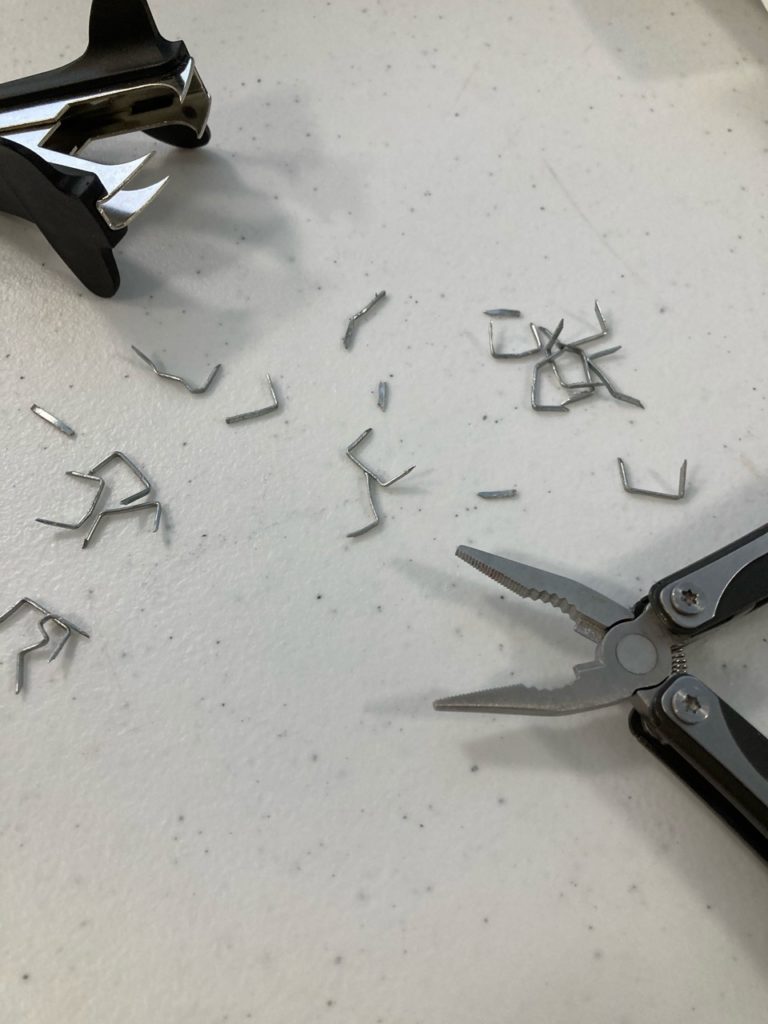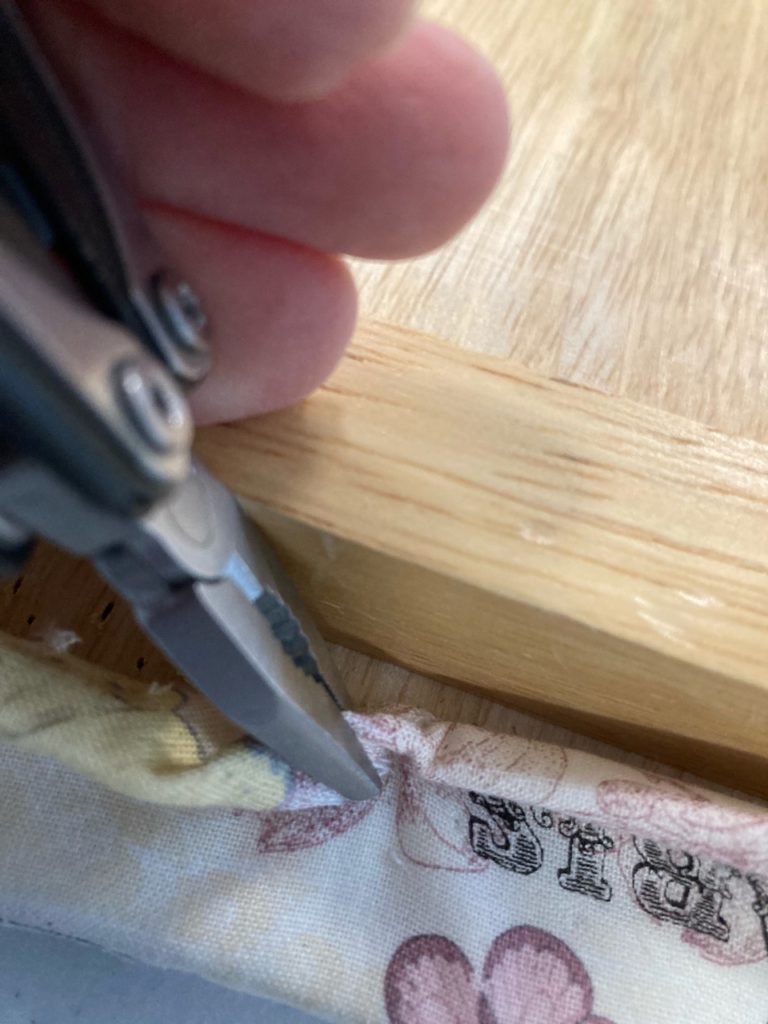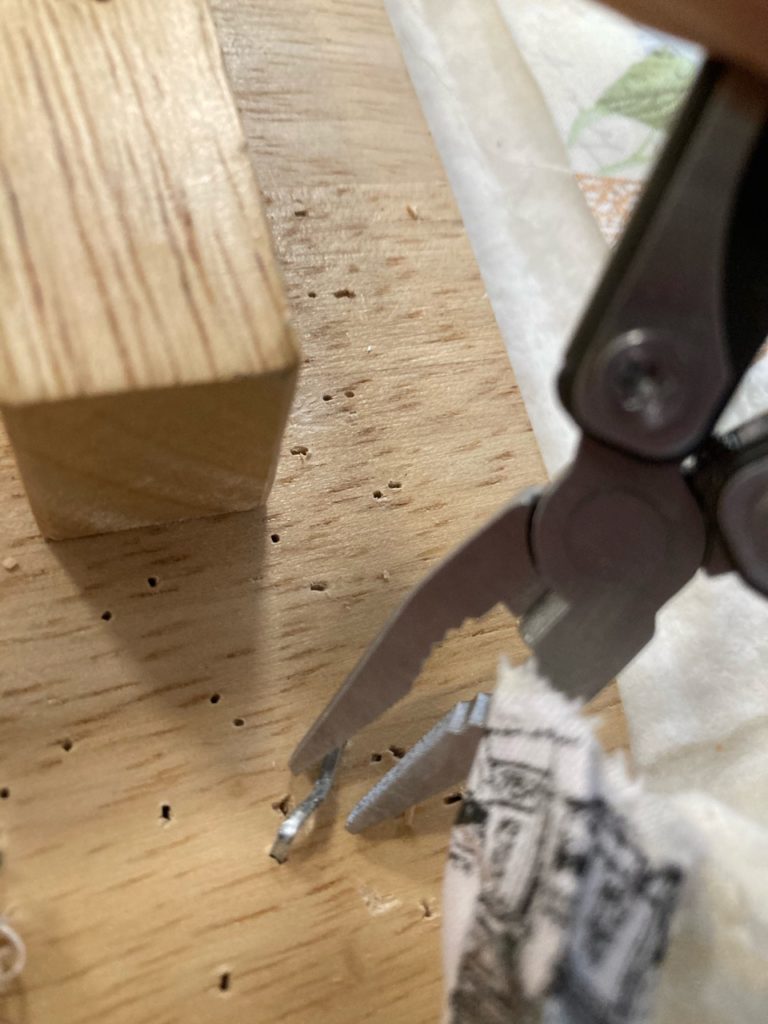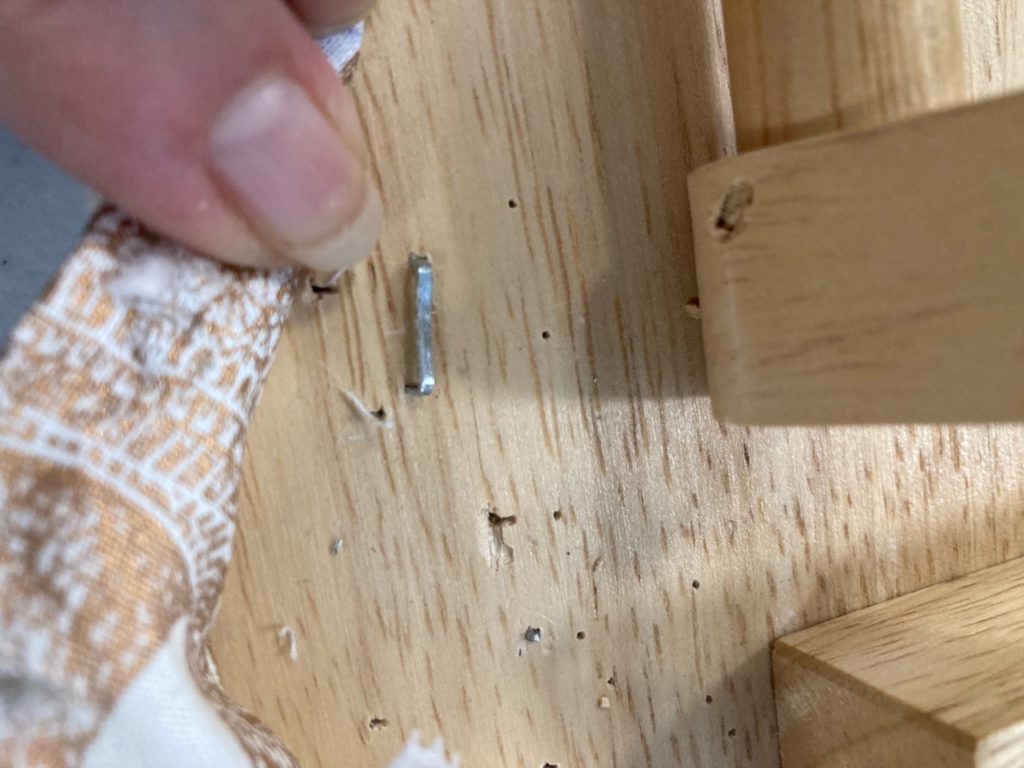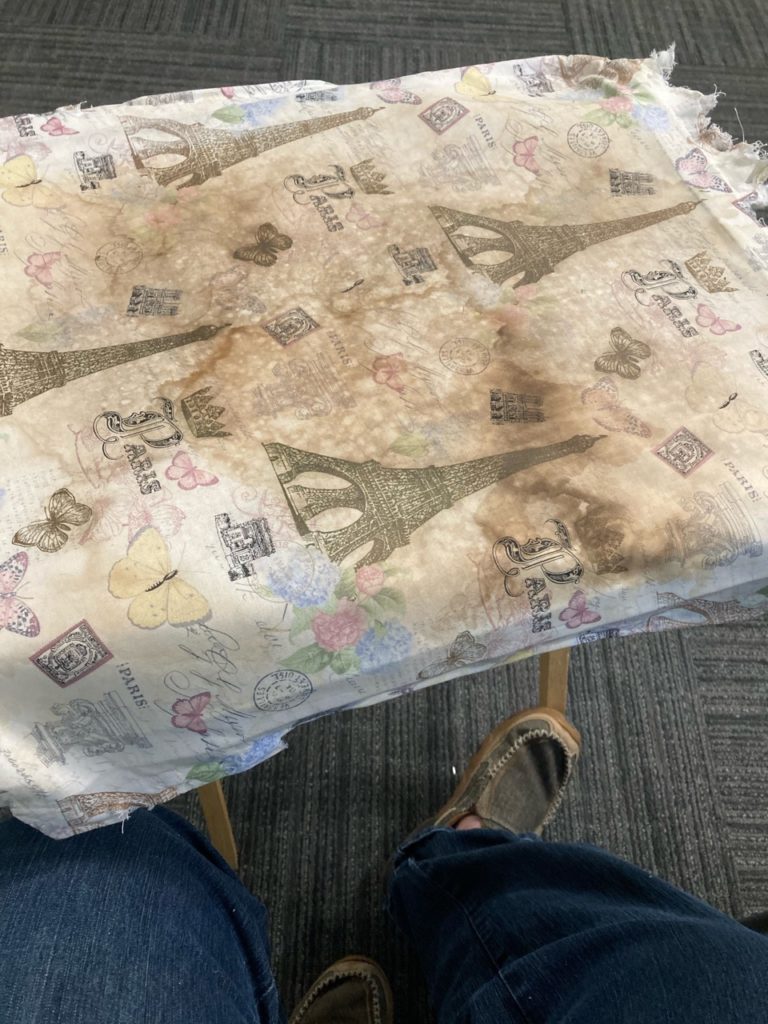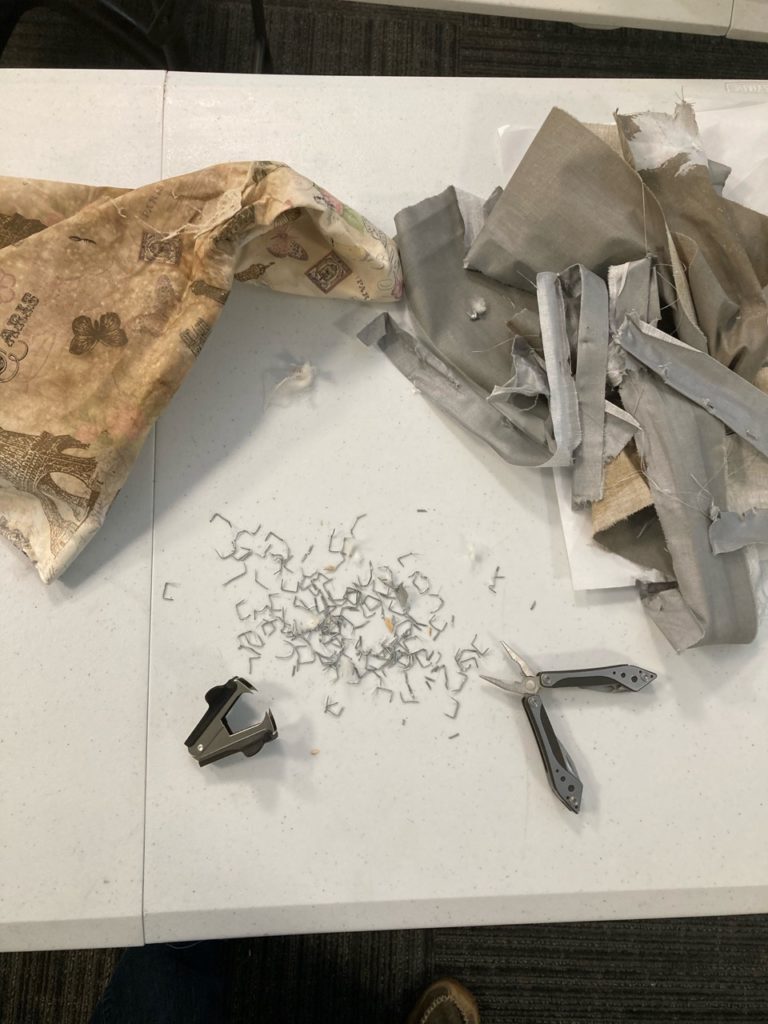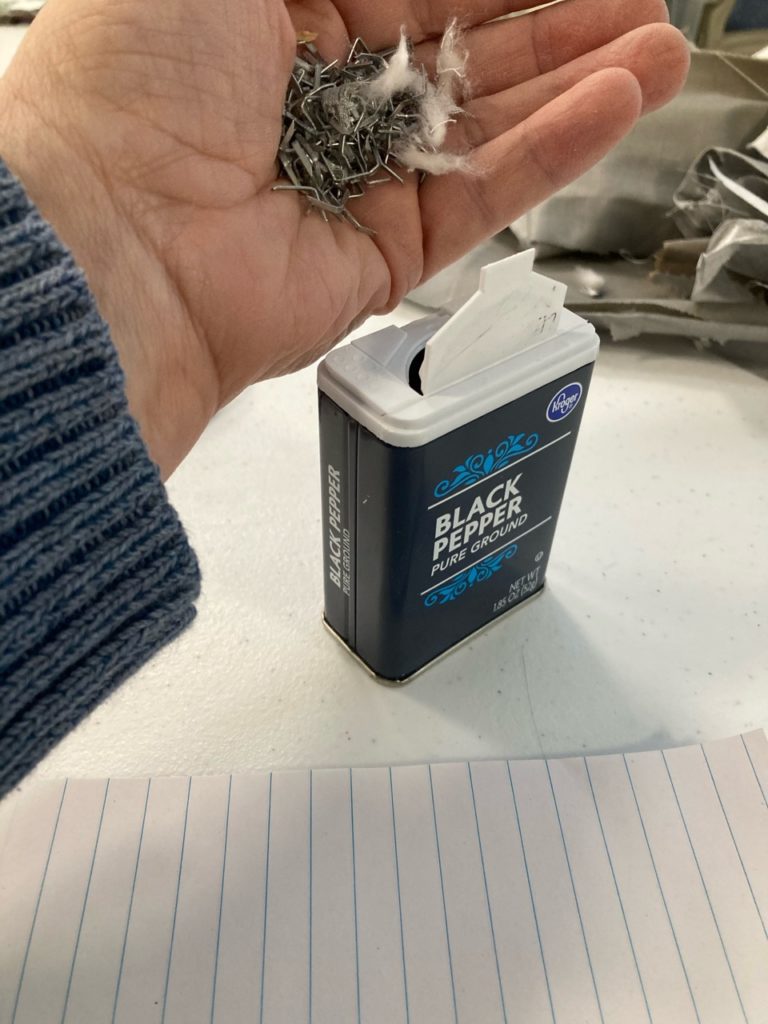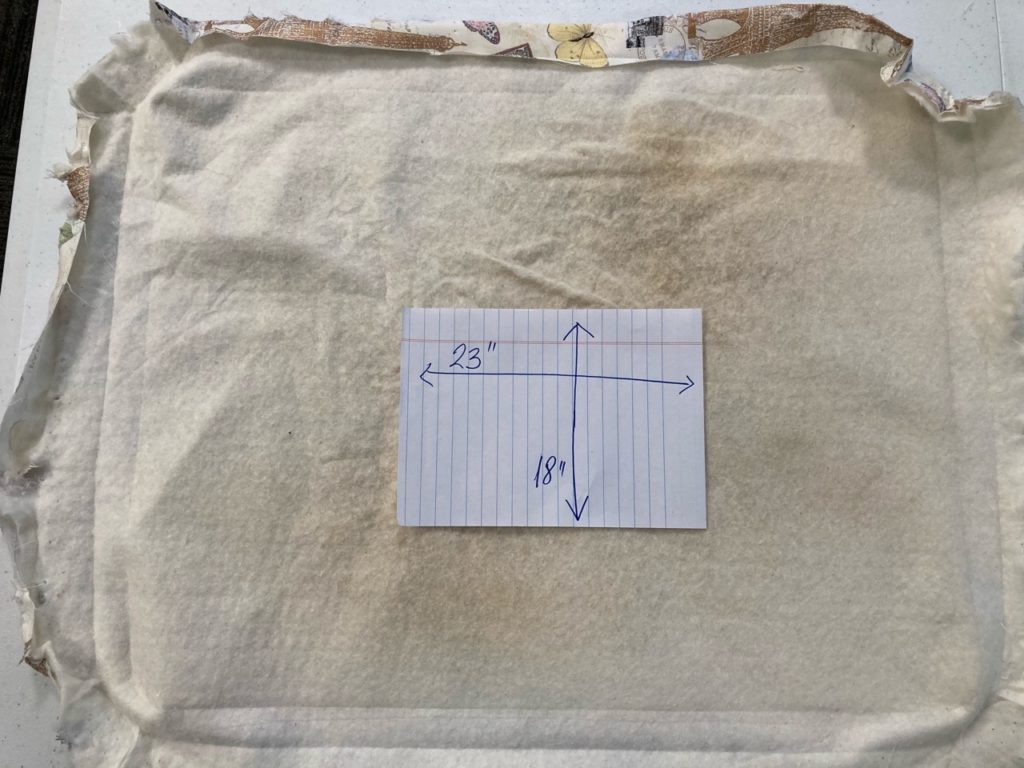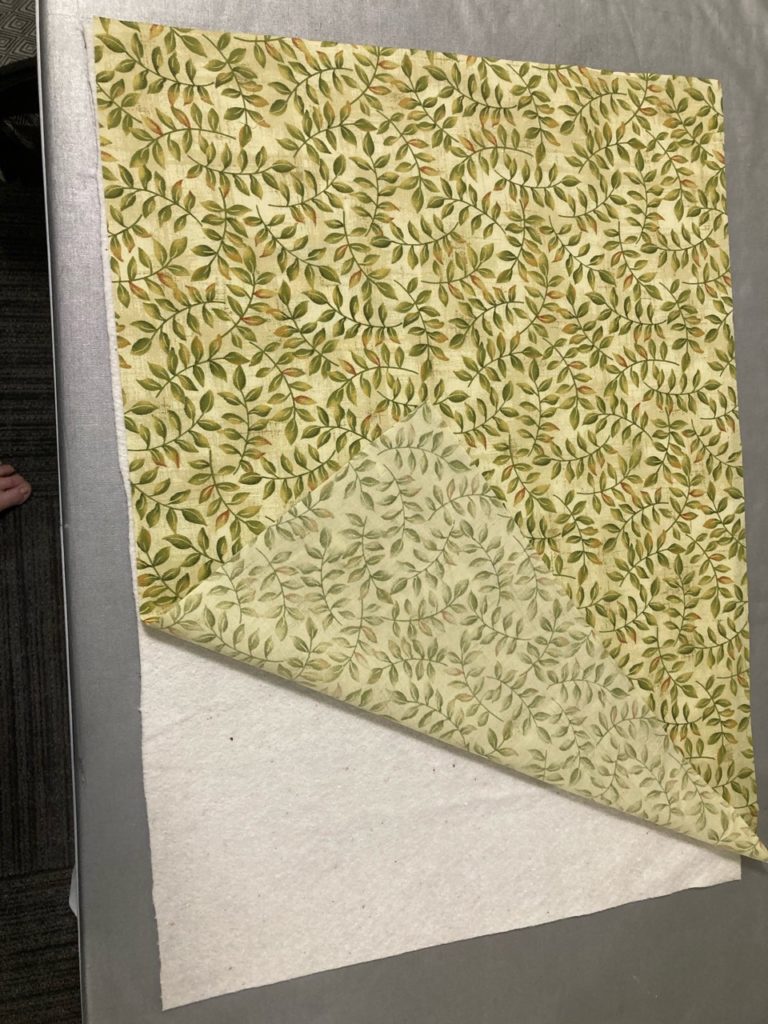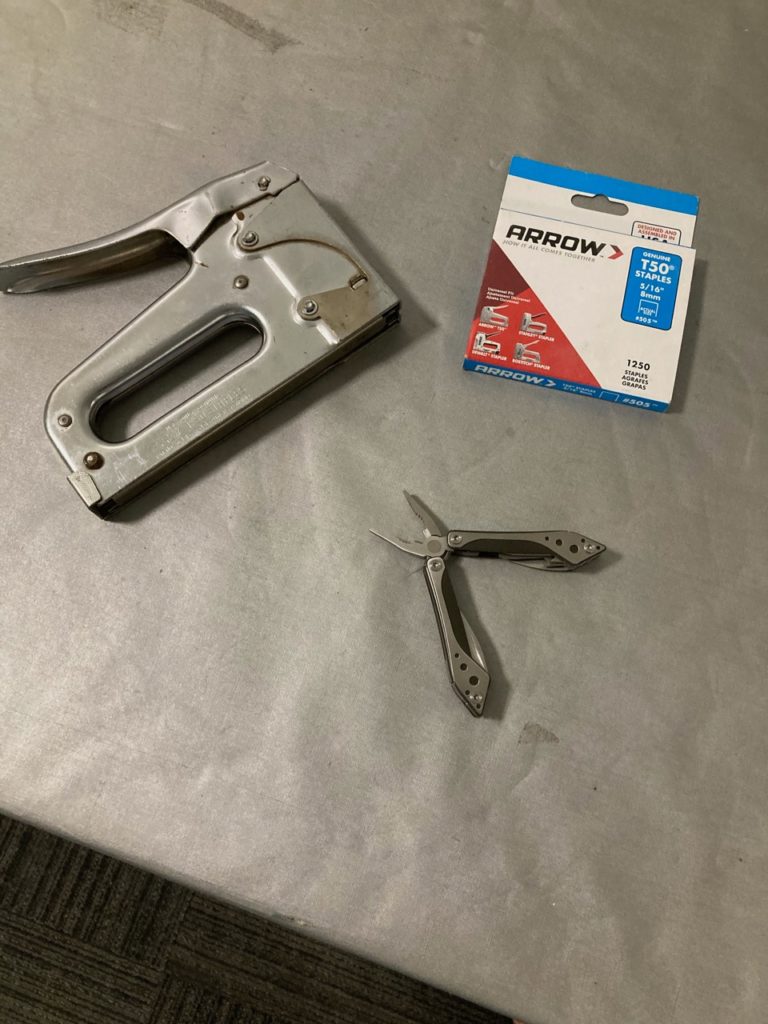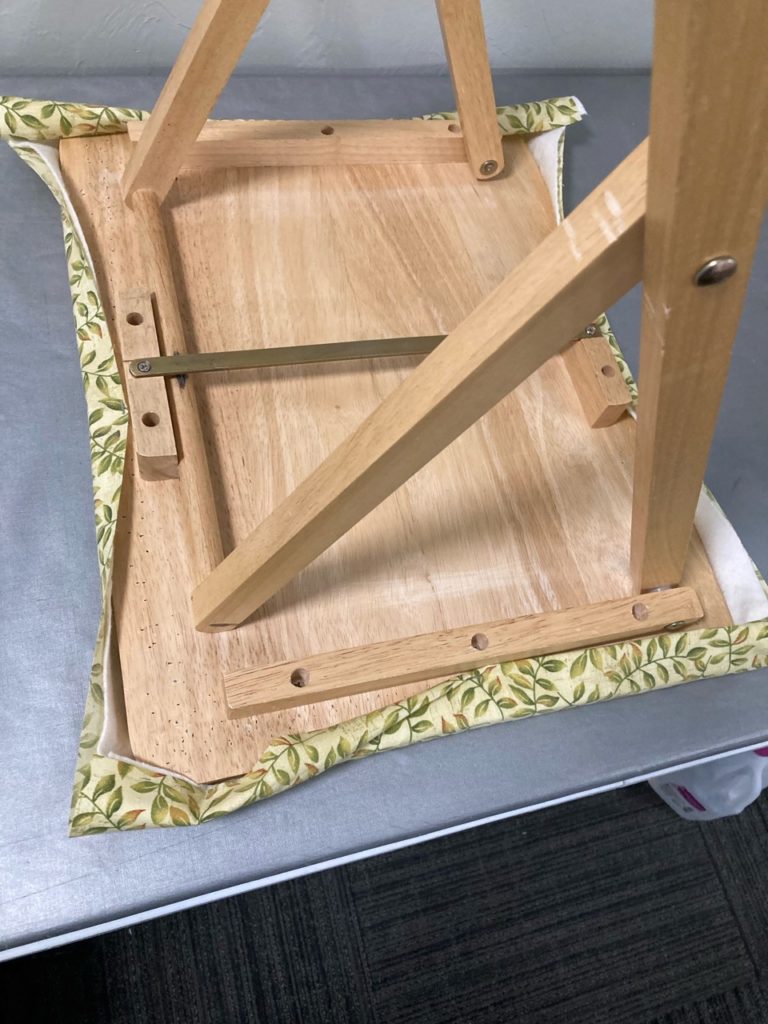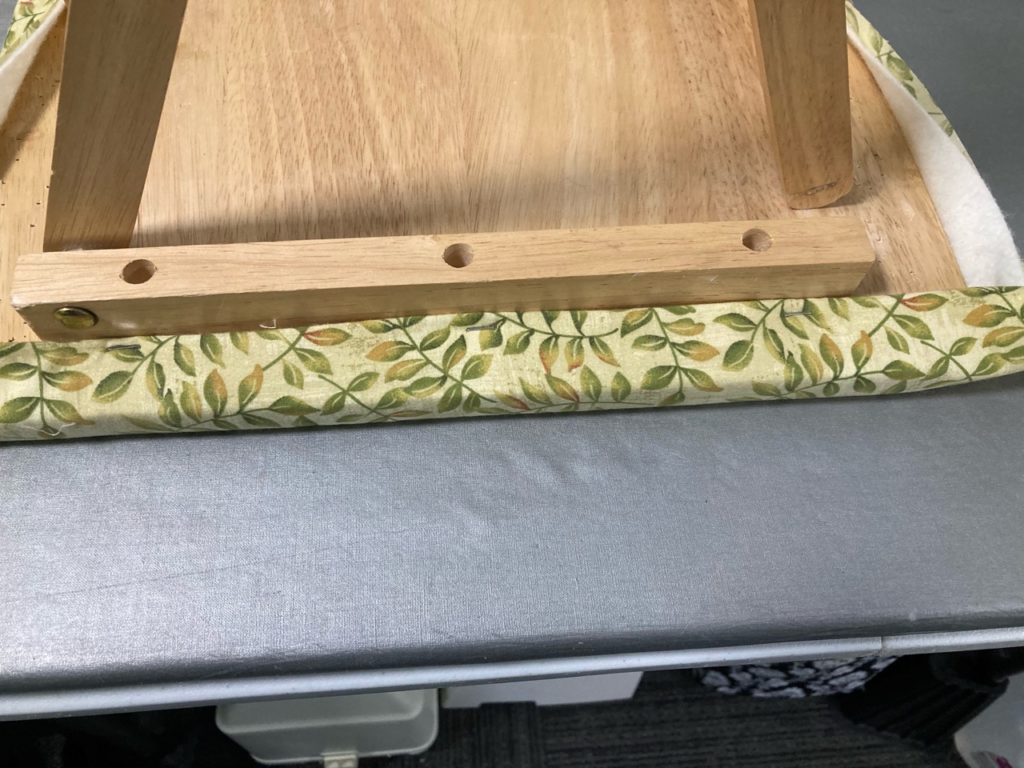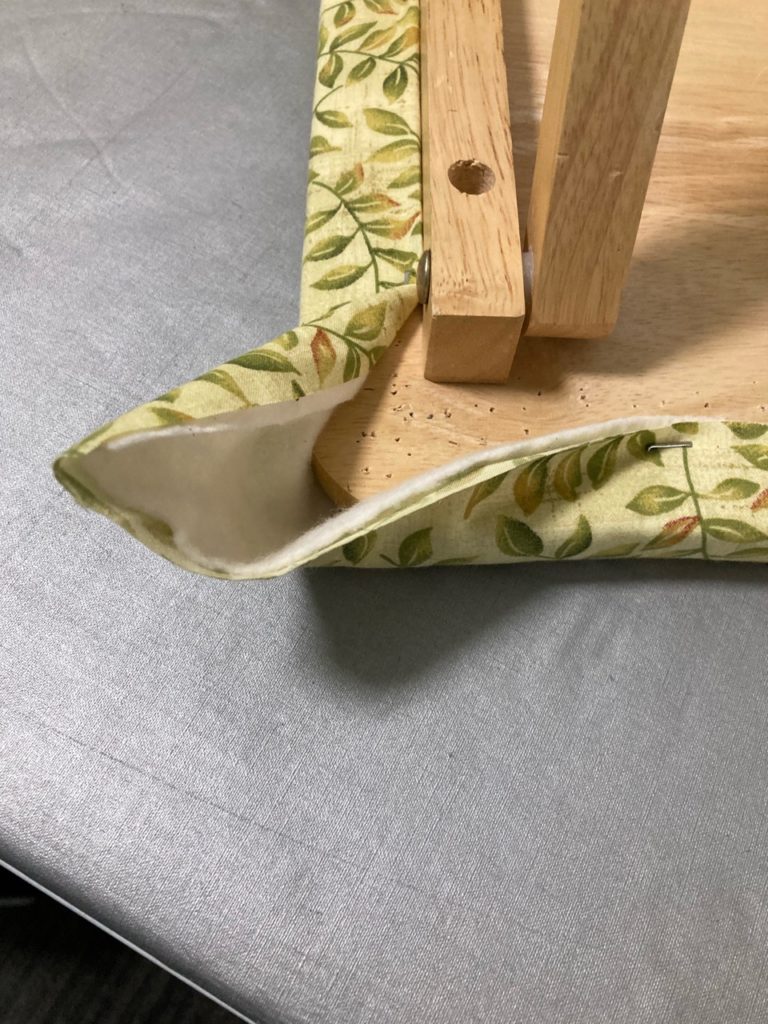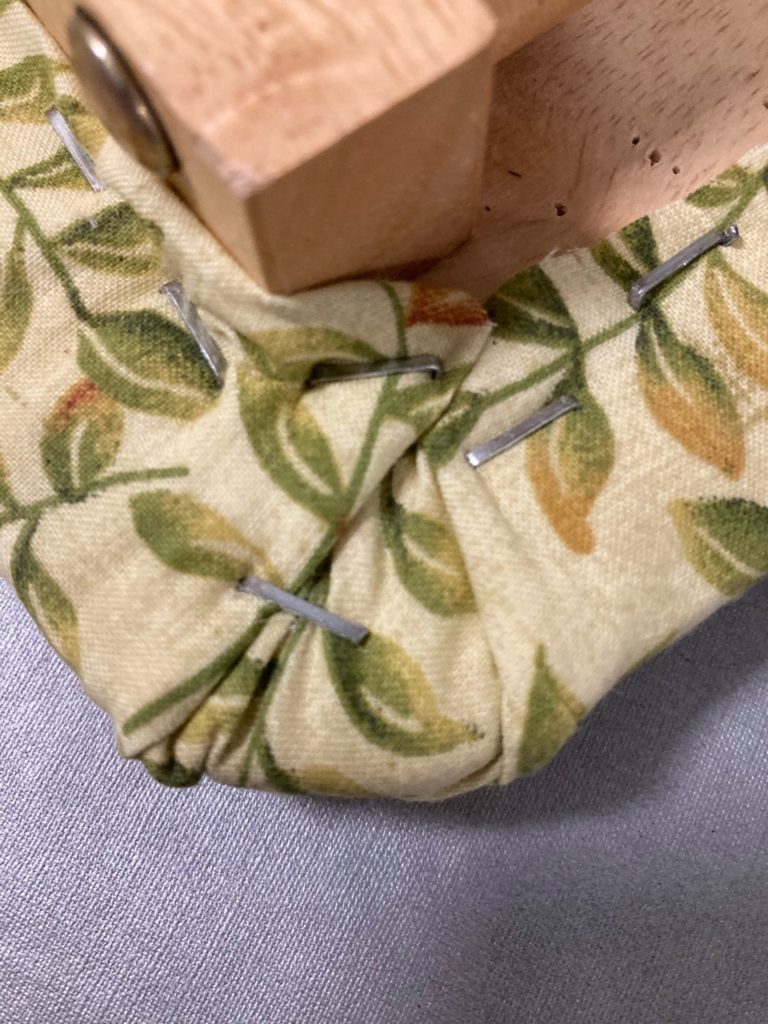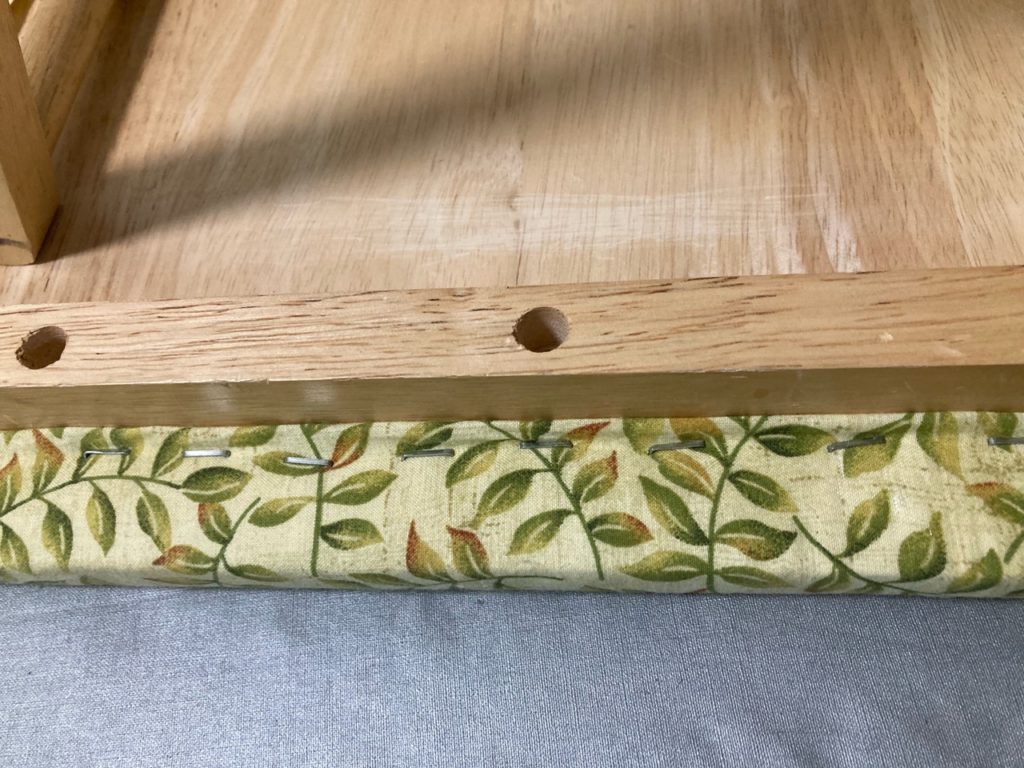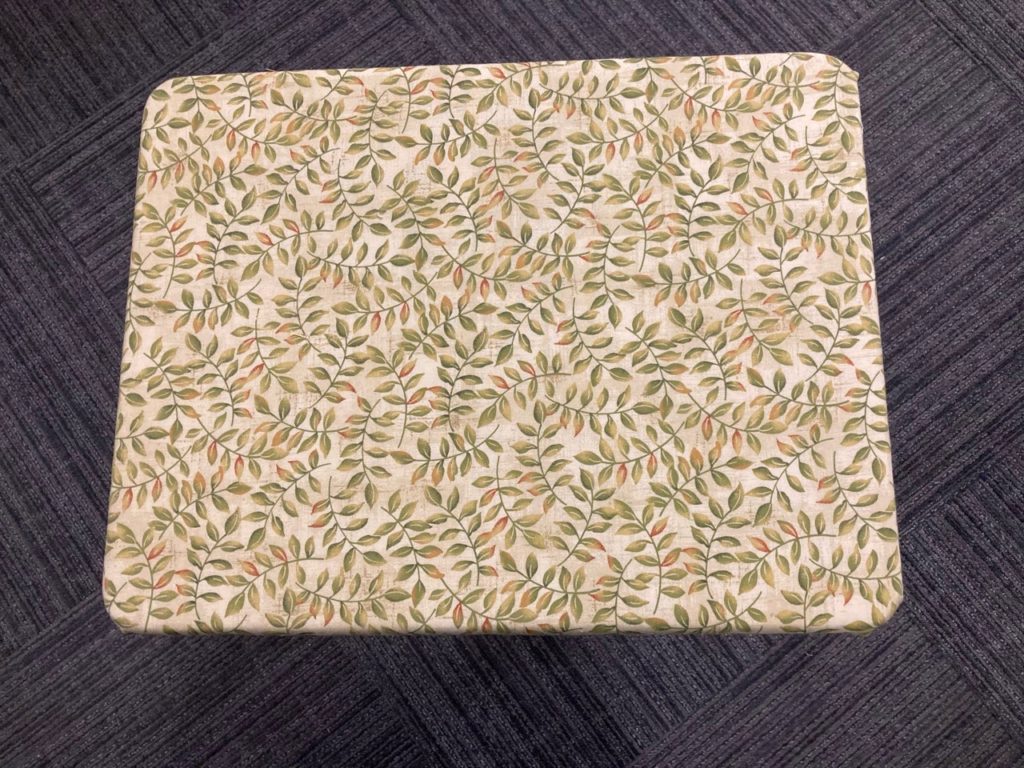Wow! It seems like forever since I’ve been at my laptop and sharing my world with you, but it’s only been since Tuesday. Settle in for a cozy read and see what’s been happening around here.
Wednesday was a great day because I got to spend the day with my good friend Susie. We hadn’t been able to spend a girls’ day of visiting and sewing since before Thanksgiving. It’s good for the soul when a little time is spent nurturing a friendship and motivating your creativity. We giggled and squealed and summed up our lives for each other. Susie worked on a great project, the Carpenter’s Star by Jennie Doan of Missouri Star Quilt Company. And I worked more on my Moda Bake Shop Ganache pattern.
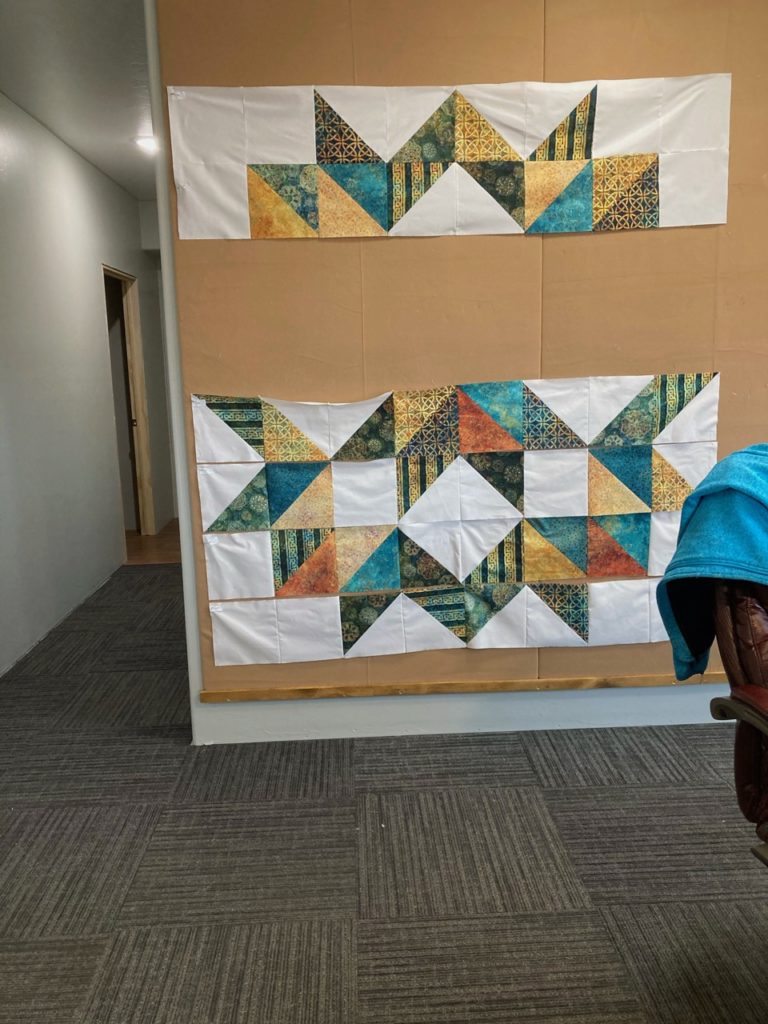
We even had another good friend stop by for a little while. Maggie leads a quilting group at her church and I’ve helped her several times over the past 6 years that they’ve been active. As part of my certification process for Quiltworx, I’m encouraged to do some pro bono work and I love doing things for Maggie and her ladies to help them learn new techniques to incorporate into their mission of giving.
We’ll be meeting in March for a day class on Fractured Paint box. It’s a terrific introduction to Judy Niemeyer’s method of paper piecing…one I love teaching and seeing the light of accomplishment sparkle in the eyes of those giving this pattern a try.
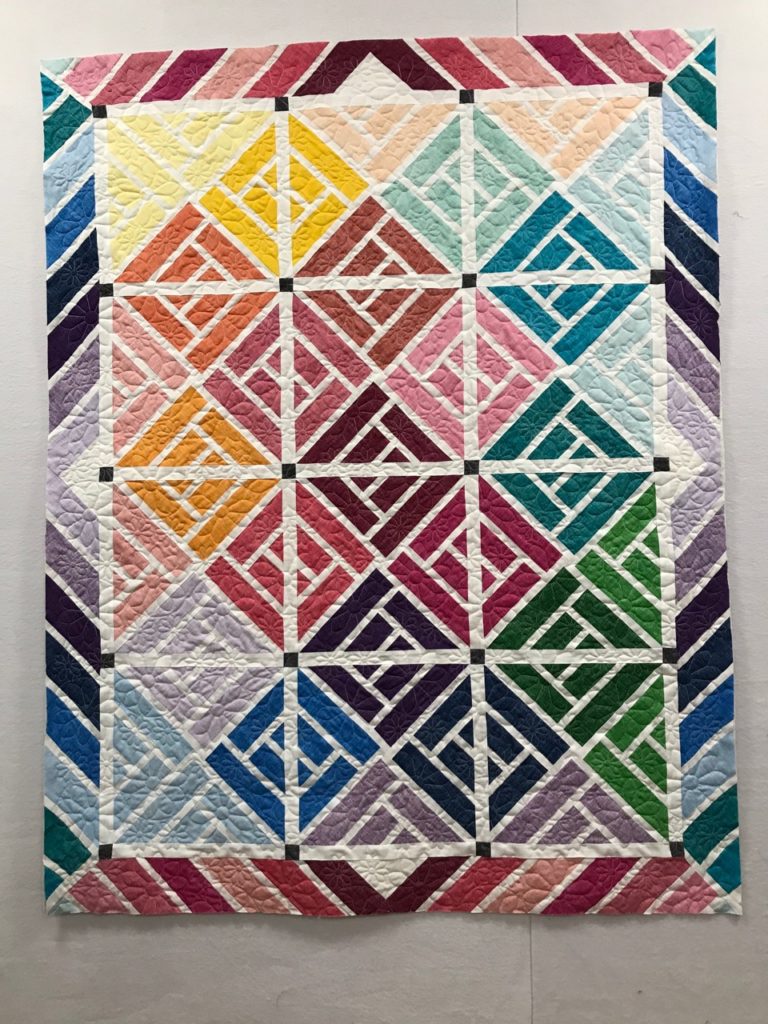
It was a great day!
Mission UFO landed again on Thursday and we had another new table arrangement for 4! Cindy, Jean, Susie and I all spent the day working on our various projects. Susie again was at her Carpenter’s Star.
Cindy nearly finished up the body of her Hanging Garden, only two more rows to add. Then the borders!
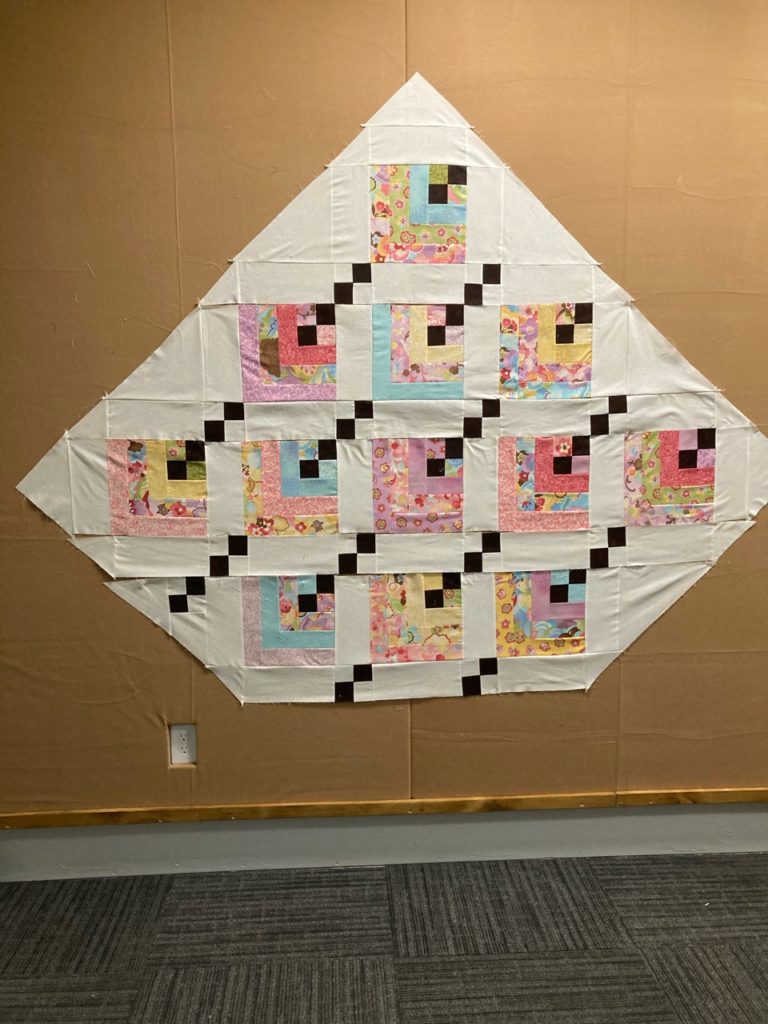
Jean was hard at work on her second Prairie Star in a blue and yellow colorway.
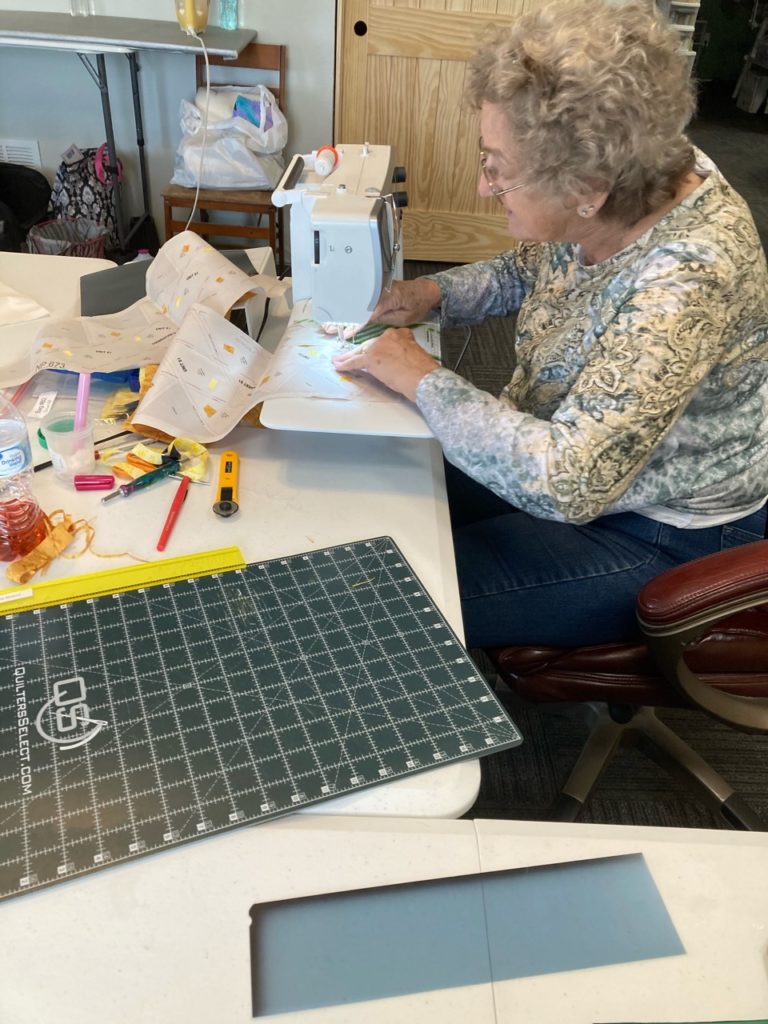
And I was putting the rows together on my Ganache.
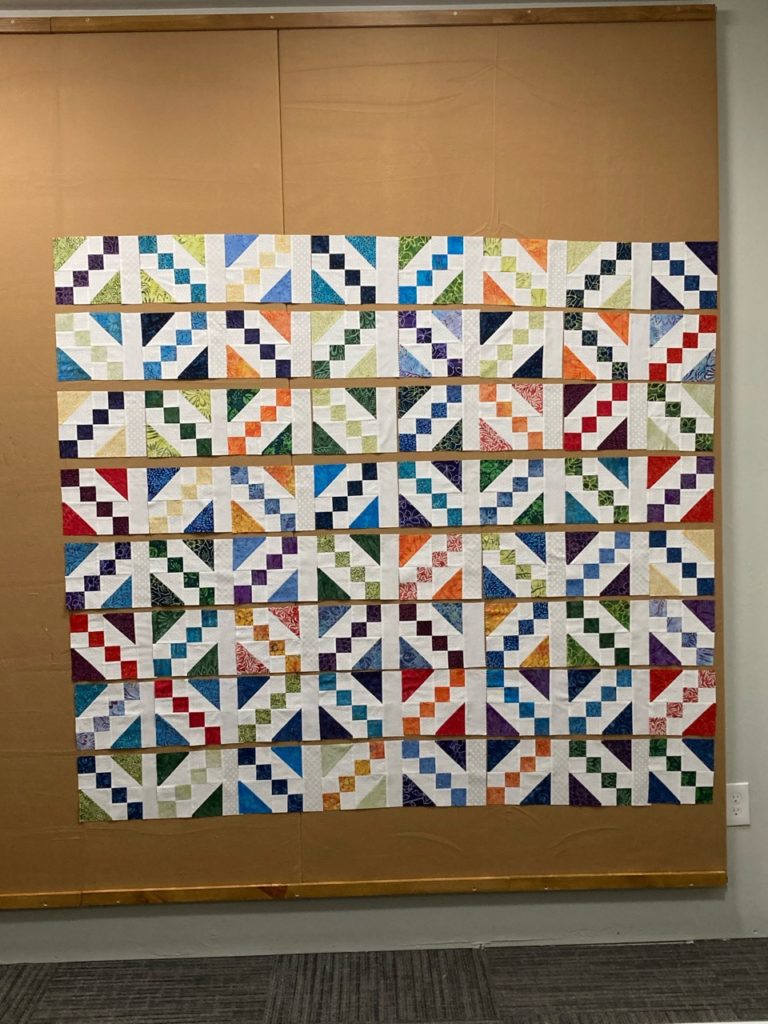
So much laughing, visiting, sewing and sharing happened on Thursday. It was a great way to spend the day while working towards our respective goals of finishing up projects on our UFO list.
Friday was good too! Kids coming home for the weekend means lots of activity, lots of fun and good food too. Our son Grant and his friend Tyler came home to help us move furniture. We missed out sweet daughter-in-law Maddie, who couldn’t come this trip, but we visited with her several times and kept her in the moment as best we could. Getting older isn’t for the faint of heart. And while Gary and I aren’t all that old, we just don’t move the way a 20-something can. Go figure!
These ladies came home from the storage place, and it was so cute to see them side by side. After a little bit of sprucing up, they will each find their way to a special place to be admired and honored.
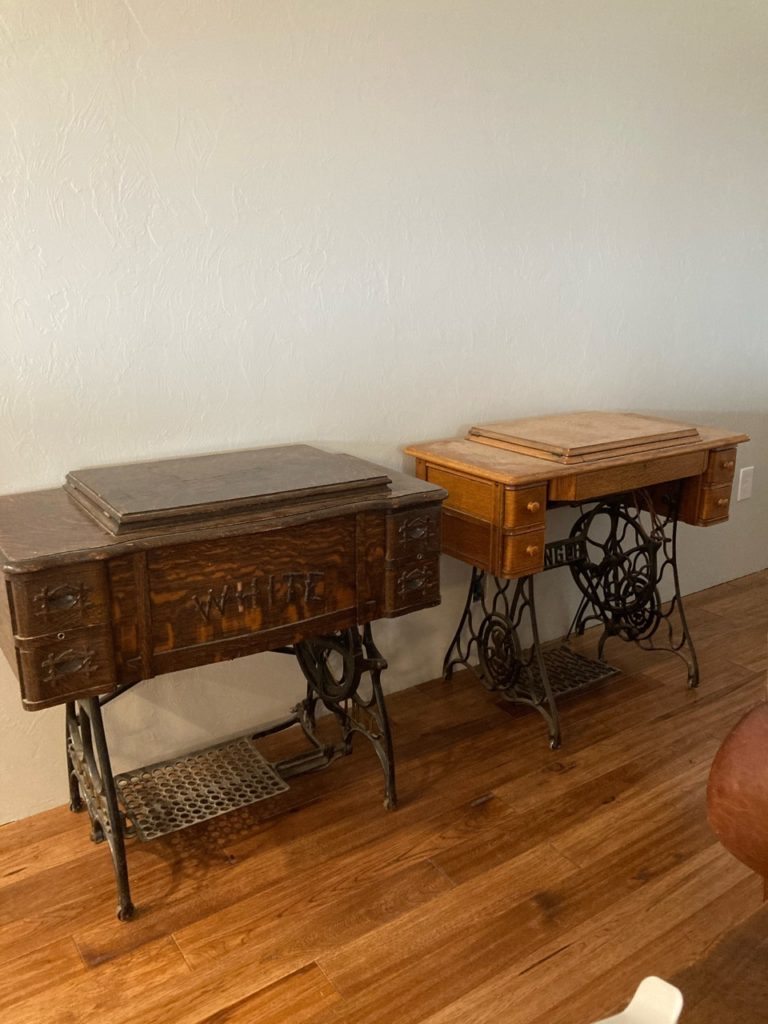
And this family heirloom made its way to the game room. It put a smile on my face to be sewing and hear the guys playing the pinball machine, laughing and carrying on for a few fun hours as the kids tried to best the dad whose skills were a little dusty but still spot on to win several matches.
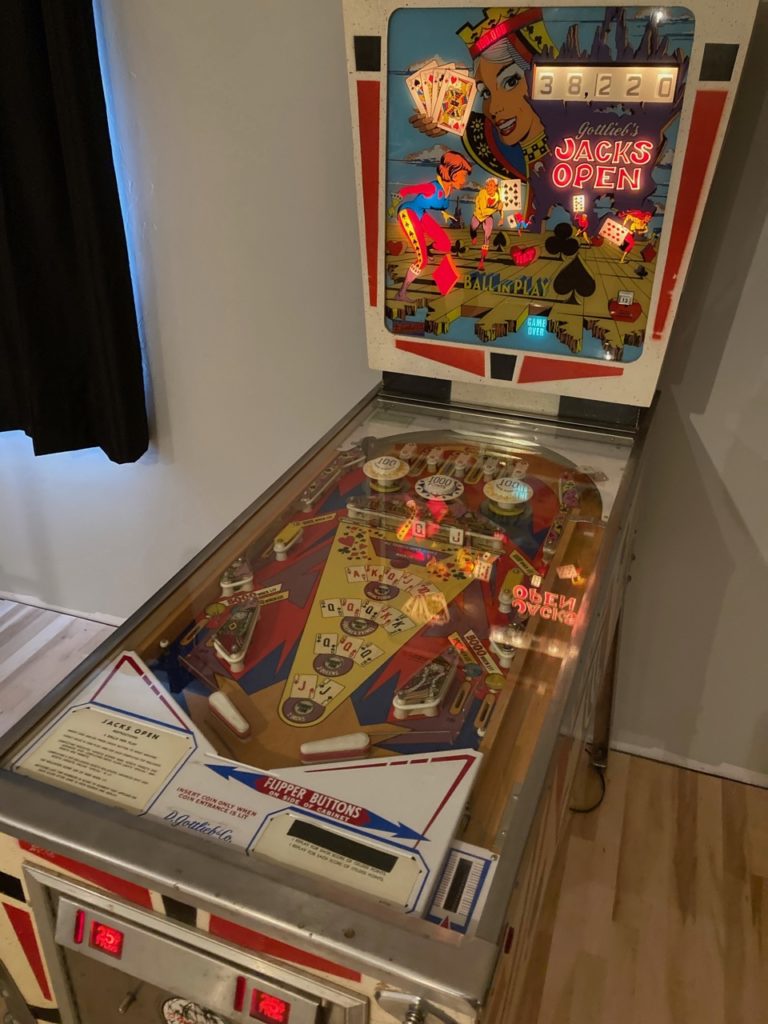
Saturday was more of the same. But Sunday was a day we enjoyed together just keeping company and swapping stories.
And my Sweetheart of nearly 35 years surprised me with these! Flowers for my heart, and fixings for a movie night…popcorn for me, and M & M’s for Gary.
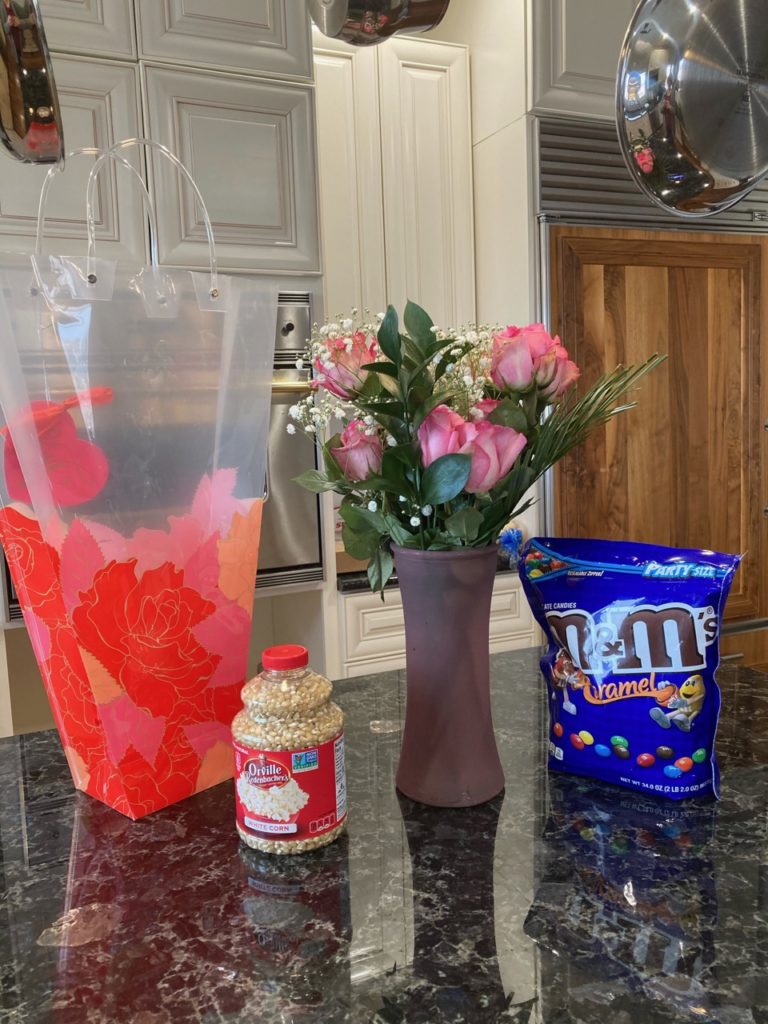
And the sure way to a girl’s heart, after flowers of course is a new set of kitchen spatulas! ! They are! I had snapped the handle of my favorite spatula while whipping of something on Saturday, and these lovelies came home with my flowers. And presented much the same way. Like a bouquet of flowers, lol. He’s such a keeper…looking forward to the next 35 years too!
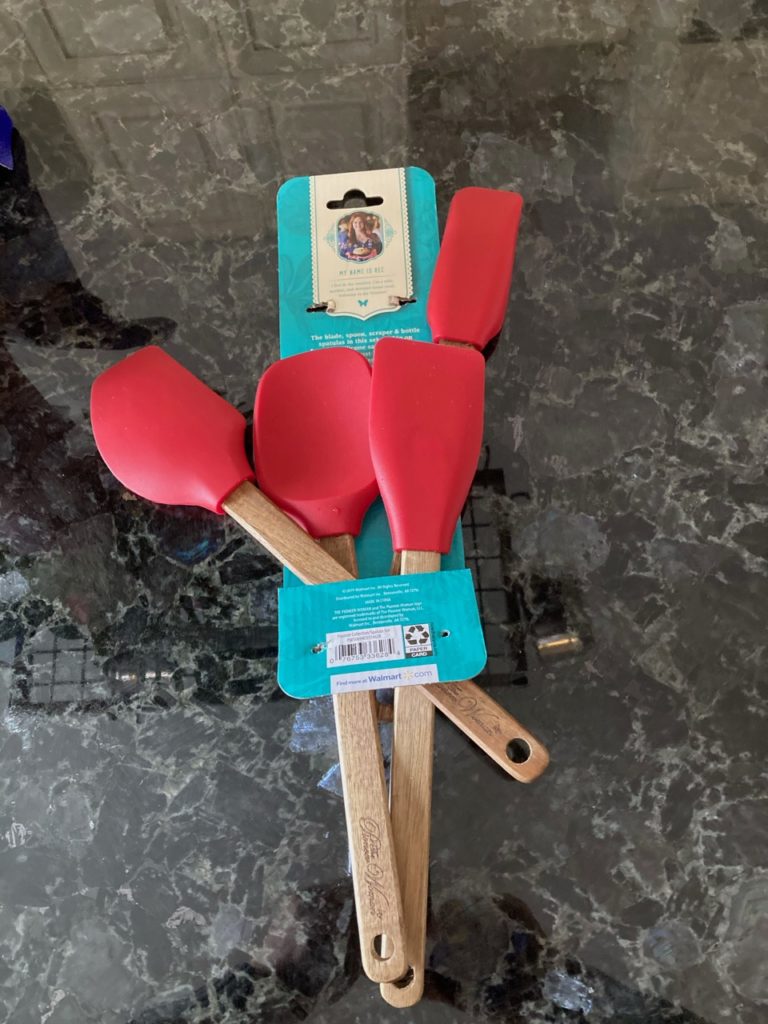
Today, Monday, was a bit melancholy as we said goodbye to the guys when they headed back home, and we began the task of settling back into regular life. Lots of laundry to catch up on as I clean and stow blankets and sheets used to wrap furniture; a blog to catch up on; a quilt to load on the long arm; figuring out the placement of the furniture brought in; and perhaps a nap…maybe a couple games of pinball too.
Lots to do before this head hits my pillow!
Until next time, may your bobbin never be empty.
